40 Animals that Begin with the Letter R
From the majestic beings that roam the vast savannahs to the diminutive wonders that inhabit the depths of the oceans, our planet is a treasure trove of things that start with R.
This captivating exploration takes us on an immersive journey through the animal kingdom, unveiling a diverse collection of 40 fascinating creatures whose names pay homage to this resonant letter.
Brace yourselves for an enthralling adventure filled with surprising facts, intriguing origins, and awe-inspiring adaptations, all centered around things that start with R.
Prepare to be amazed by the incredible diversity of life forms; each meticulously adapted to thrive in its unique environment, from the frozen tundras to the lush rainforests.
As we delve into the remarkable world of these radiant beings, we will uncover their scientific monikers, places of origin, and the regions where they thrive, painting a vivid picture of the intricate tapestry that weaves together the fabric of our natural world.
1. Raccoon
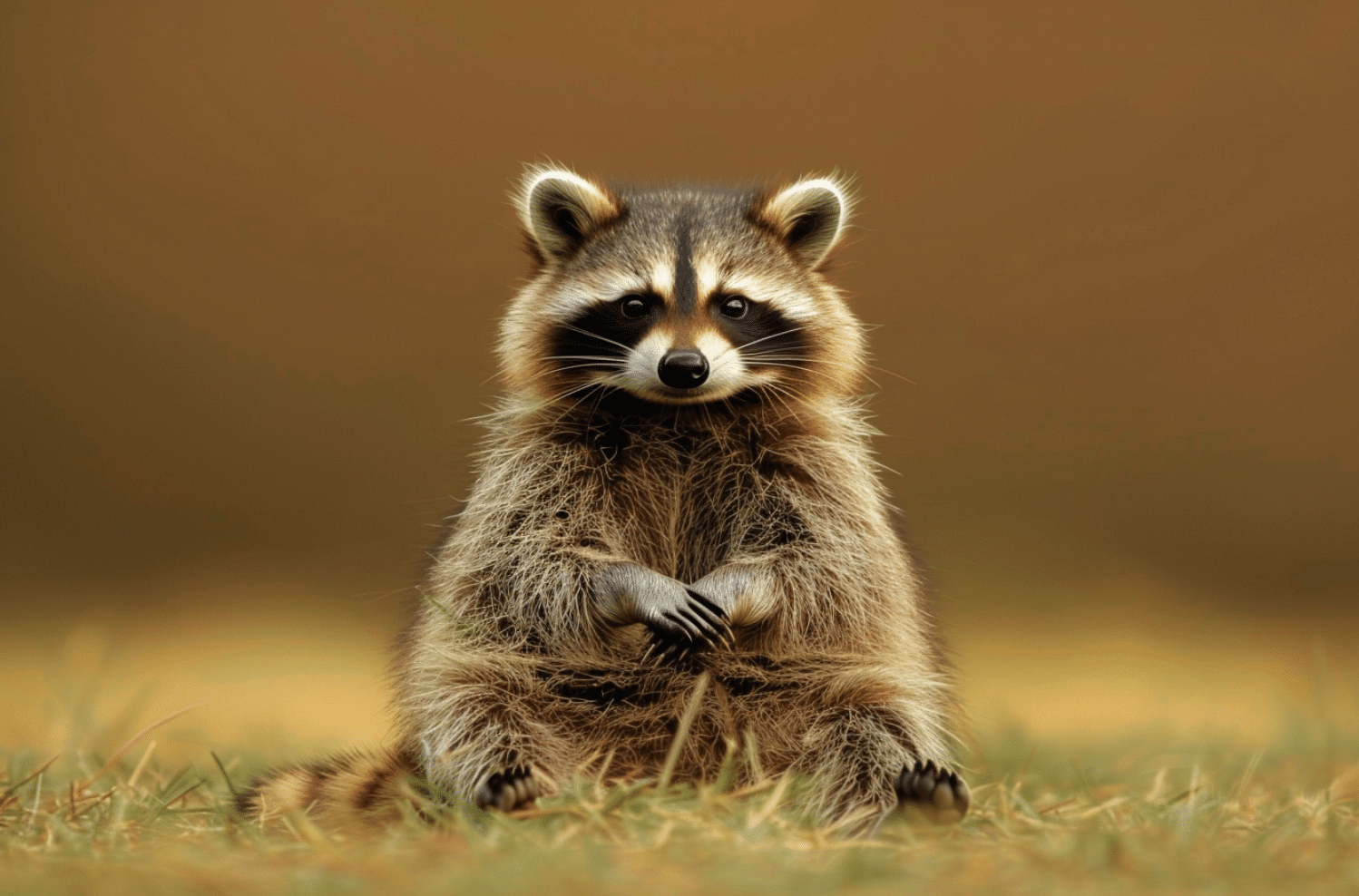
- Scientific Name: Procyon lotor
- Place of Origin: North America
- Region: Found across North and Central America
Fun Fact: Despite their mischievous reputation, raccoons are highly intelligent mammals. They have been observed using tools, such as rocks, to open shells and nuts and can remember solutions to problems for up to three years, a remarkable feat of memory for an animal.
2. Rat
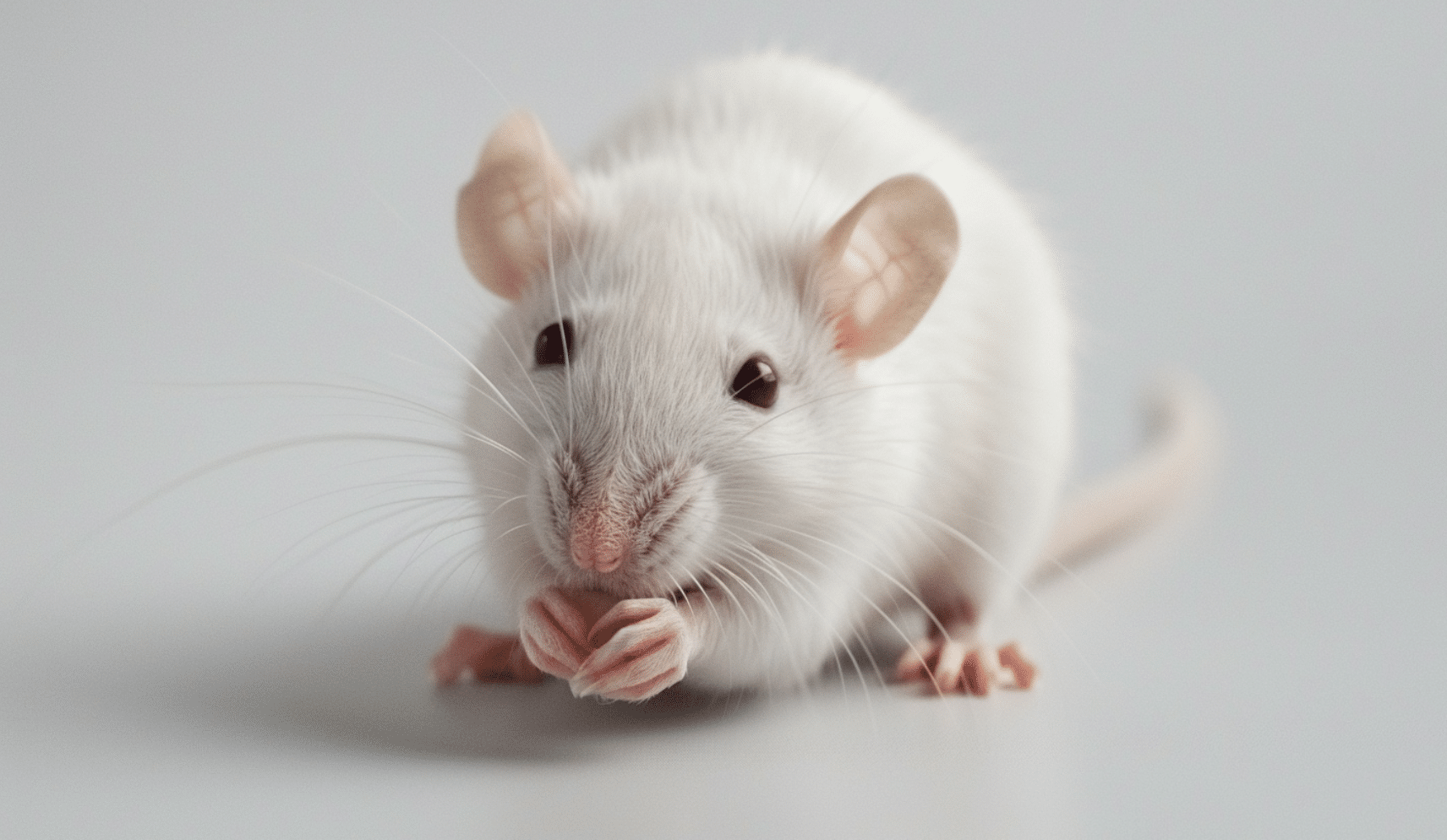
Scientific Name: Rattus norvegicus
Place of Origin: Central Asia
Region: Found worldwide
Fun Fact: Rats have an excellent sense of taste and can detect tiny amounts of chemicals in their food. Their taste buds are found not only on their tongues but also on the roof of their mouths and in their gut lining, allowing them to taste food even before it enters their mouths.
3. Rattlesnake

- Scientific Name: Crotalus spp
- Place of Origin: North and South America
- Region: Found throughout the Americas
Fun Fact: Rattlesnakes use their rattle as a warning mechanism to potential predators, producing a distinctive buzzing sound by shaking the hollow, segmented rattle at the end of their tails. This unique adaptation helps them avoid confrontations and conserve energy for striking only when necessary.
4. Raven
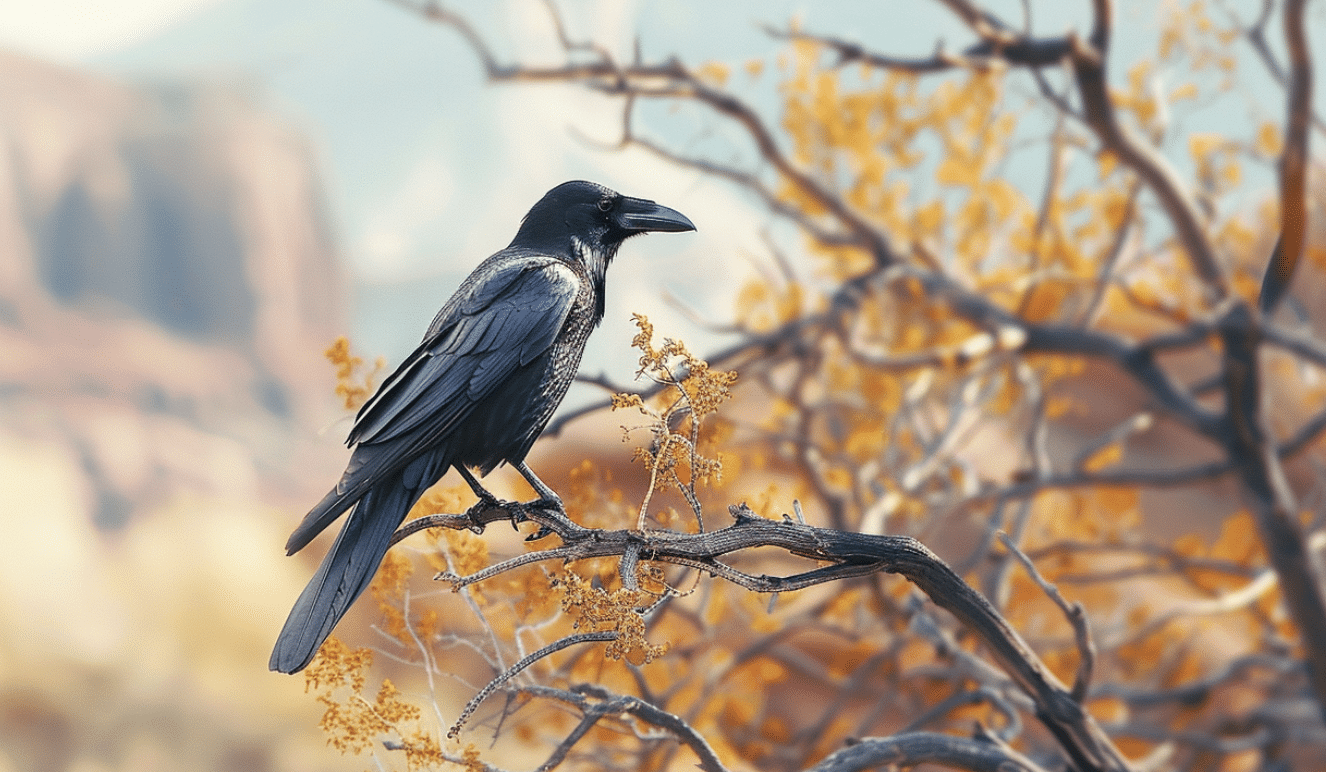
- Scientific Name: Corvus corax
- Place of Origin: Northern Hemisphere
- Region: Found across the Northern Hemisphere
Fun Fact: Ravens are among the most intelligent birds, with problem-solving abilities comparable to great apes. They can use tools, engage in deception, and have demonstrated the ability to solve complex puzzles, even after being distracted.
5. Reindeer
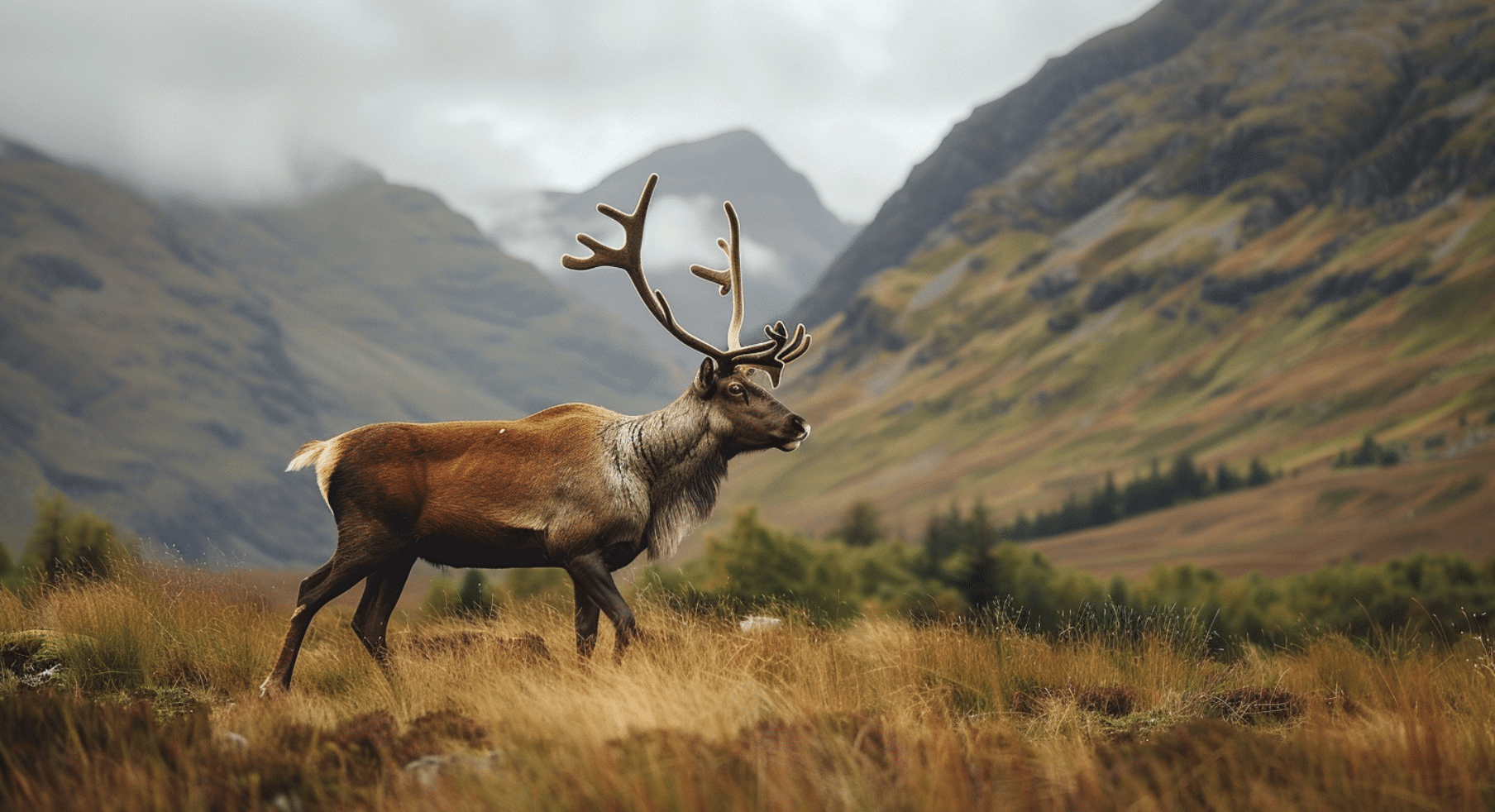
- Scientific Name: Rangifer tarandus
- Place of Origin: Arctic and Subarctic regions
- Region: Found in northern regions of Europe, Siberia, and North America
Fun Fact: Reindeer are the only domesticated deer species, and their fur changes color with the seasons, becoming darker in summer and lighter in winter, providing camouflage against their surroundings.
6. Rhinoceros

- Scientific Name: Rhinocerotidae
- Place of Origin: Africa and Asia
- Region: Found in various regions of Africa and Asia
Fun Fact: Rhinoceroses are among the largest land mammals, and their horns are made of keratin, the same material as human fingernails. Despite their size and strength, rhinos are herbivores and primarily eat grass, leaves, and shoots.
7. River Dolphin

- Scientific Name: Platanistidae
- Place of Origin: South Asia and South America
- Region: Found in the freshwater systems of South Asia and South America
Fun Fact: River dolphins are among the most endangered cetaceans, and they are adapted to life in freshwater rivers and estuaries. They have long, narrow snouts and small, non-functional eyes, relying primarily on echolocation to navigate and hunt.
8. Robin
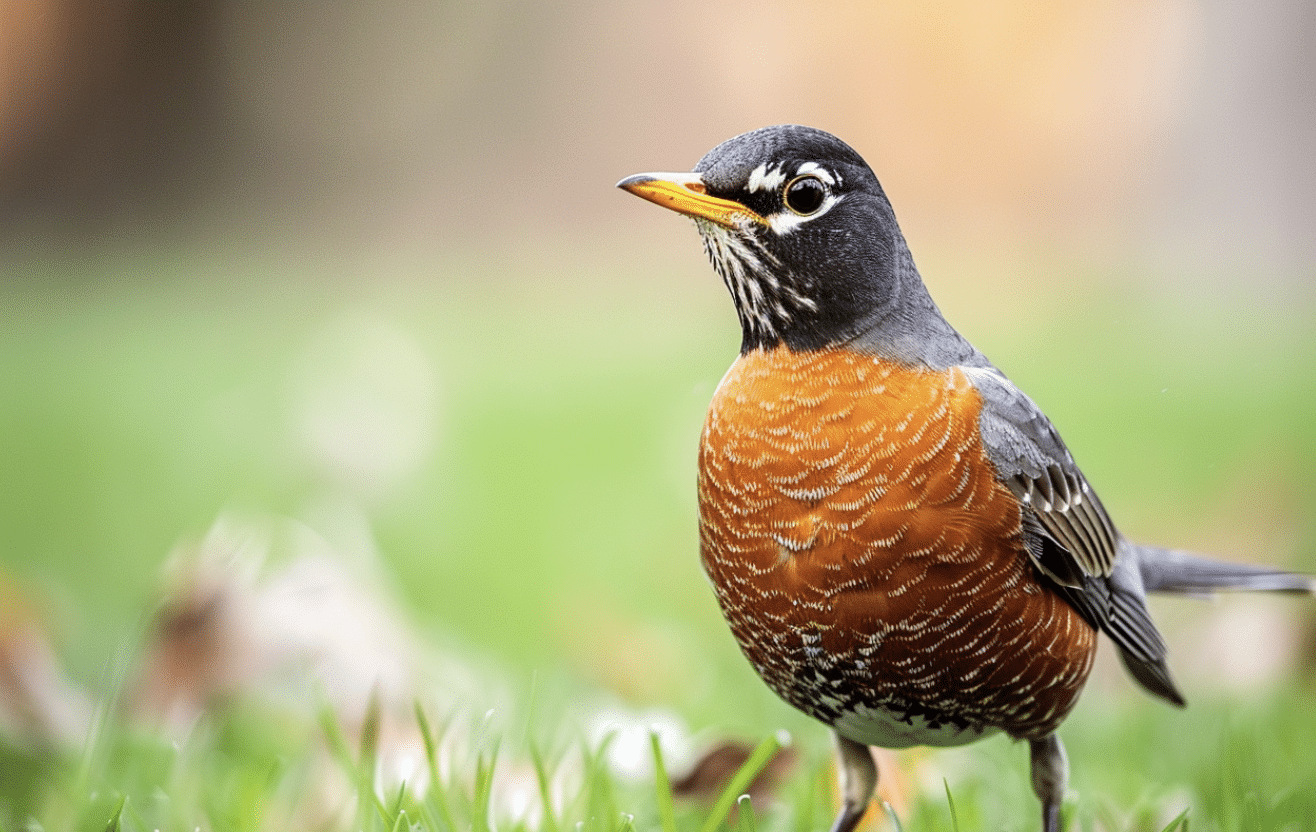
- Scientific Name: Turdus migratorius
- Place of Origin: North America
- Region: Found across North America
Fun Fact: Robins are one of the most familiar bird species in North America, known for their cheerful songs and orange-red breasts. They have an excellent sense of smell, which helps them locate their main food source, earthworms.
9. Rock Hyrax
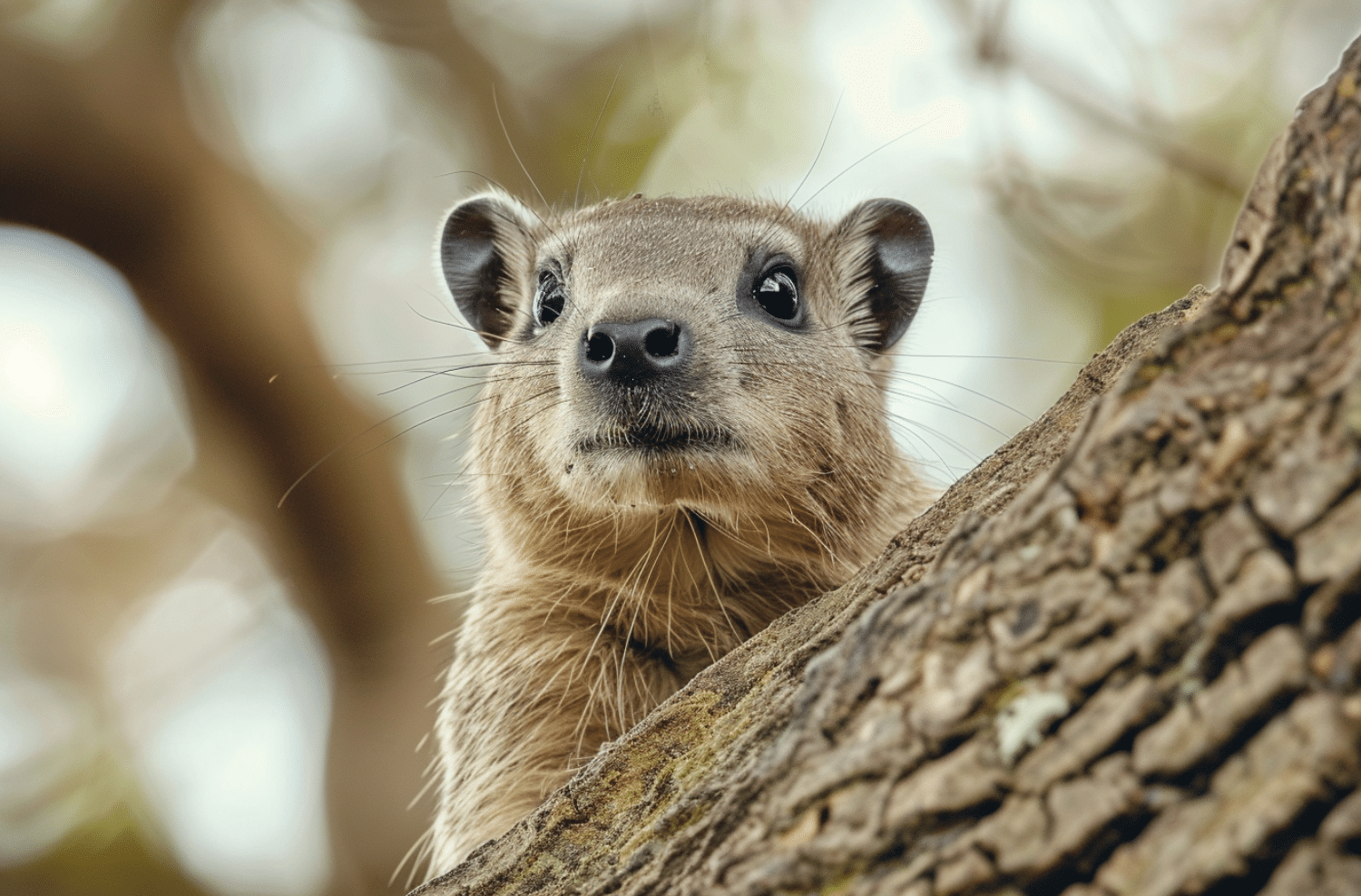
- Scientific Name: Procavia capensis
- Place of Origin: Africa and the Middle East
- Region: Found in various regions of Africa and the Middle East
Fun Fact: Rock hyraxes, also known as rock badgers, are small mammals that resemble guinea pigs. Despite their appearance, they are more closely related to elephants and manatees than rodents.
10. Rockhopper Penguin

- Scientific Name: Eudyptes chrysocome
- Place of Origin: Southern Ocean islands
- Region: Found on islands in the Southern Ocean
Fun Fact: Rockhopper penguins are known for their distinctive yellow and black feather crests, which they use in courtship displays. They are excellent swimmers and can dive up to 100 meters deep to hunt for food.
11. Rooster

- Scientific Name: Gallus gallus domesticus
- Place of Origin: Southeast Asia
- Region: Found worldwide as domesticated fowl
Fun Fact: Roosters are male chickens known for their iconic crowing at dawn. They have a built-in biological clock that regulates their crowing patterns, which are used to establish territories and attract mates.
12. Rottweiler

- Scientific Name: Canis lupus familiaris
- Place of Origin: Germany
- Region: Found worldwide as a domesticated breed
Fun Fact: Rottweilers were originally bred as herding dogs and were known for their strength and endurance. Today, they are valued as loyal companions and are often used as service dogs or in law enforcement.
13. Roundworm
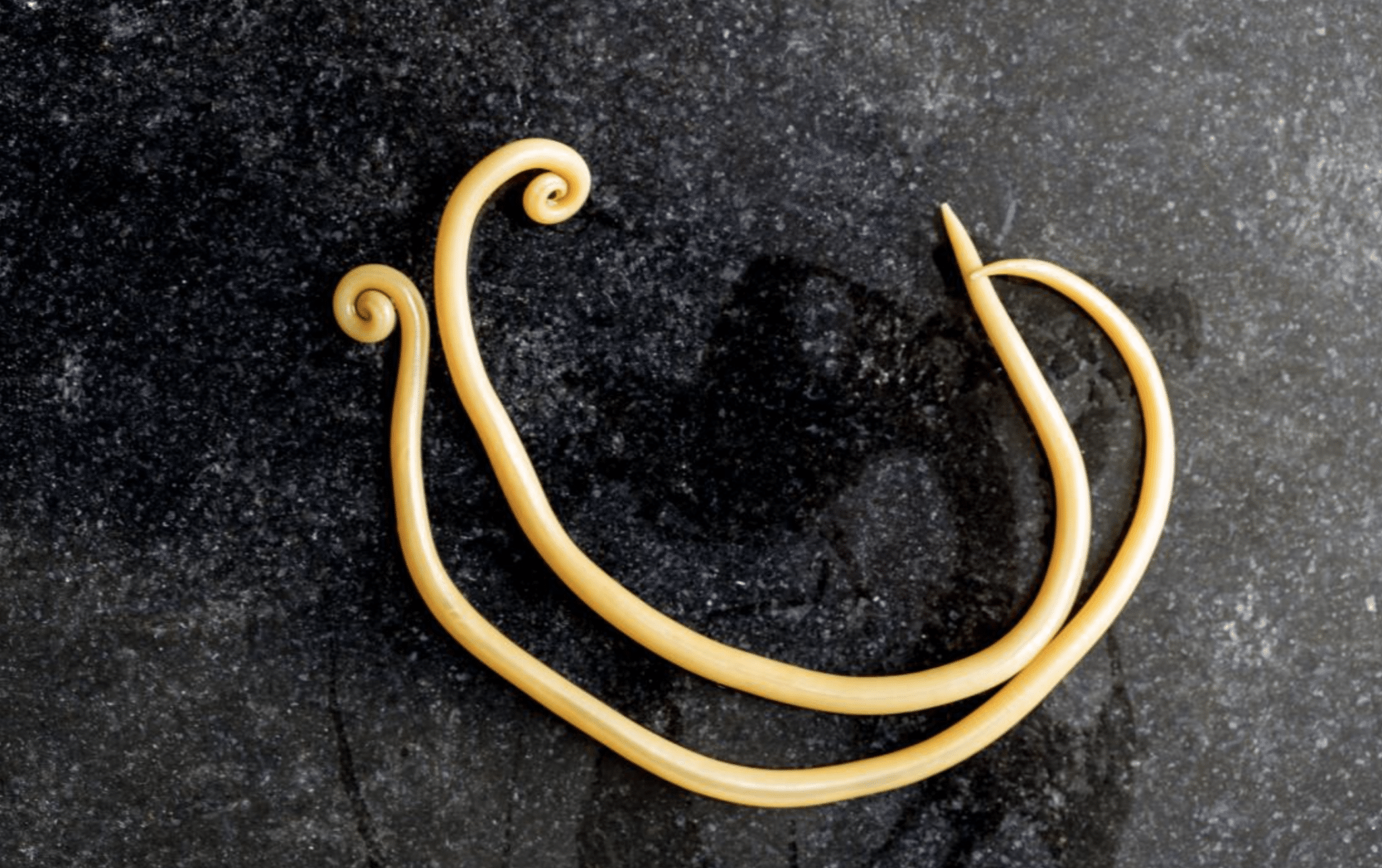
- Scientific Name: Nematoda
- Place of Origin: Various regions
- Region: Found worldwide in various habitats
Fun Fact: Roundworms are among the most numerous and diverse animals on Earth, with an estimated 80,000 species. They range in size from microscopic to several meters long and can be found in nearly every ecosystem, from the depths of the ocean to the soil in your backyard.
14. Ruby-Throated Hummingbird
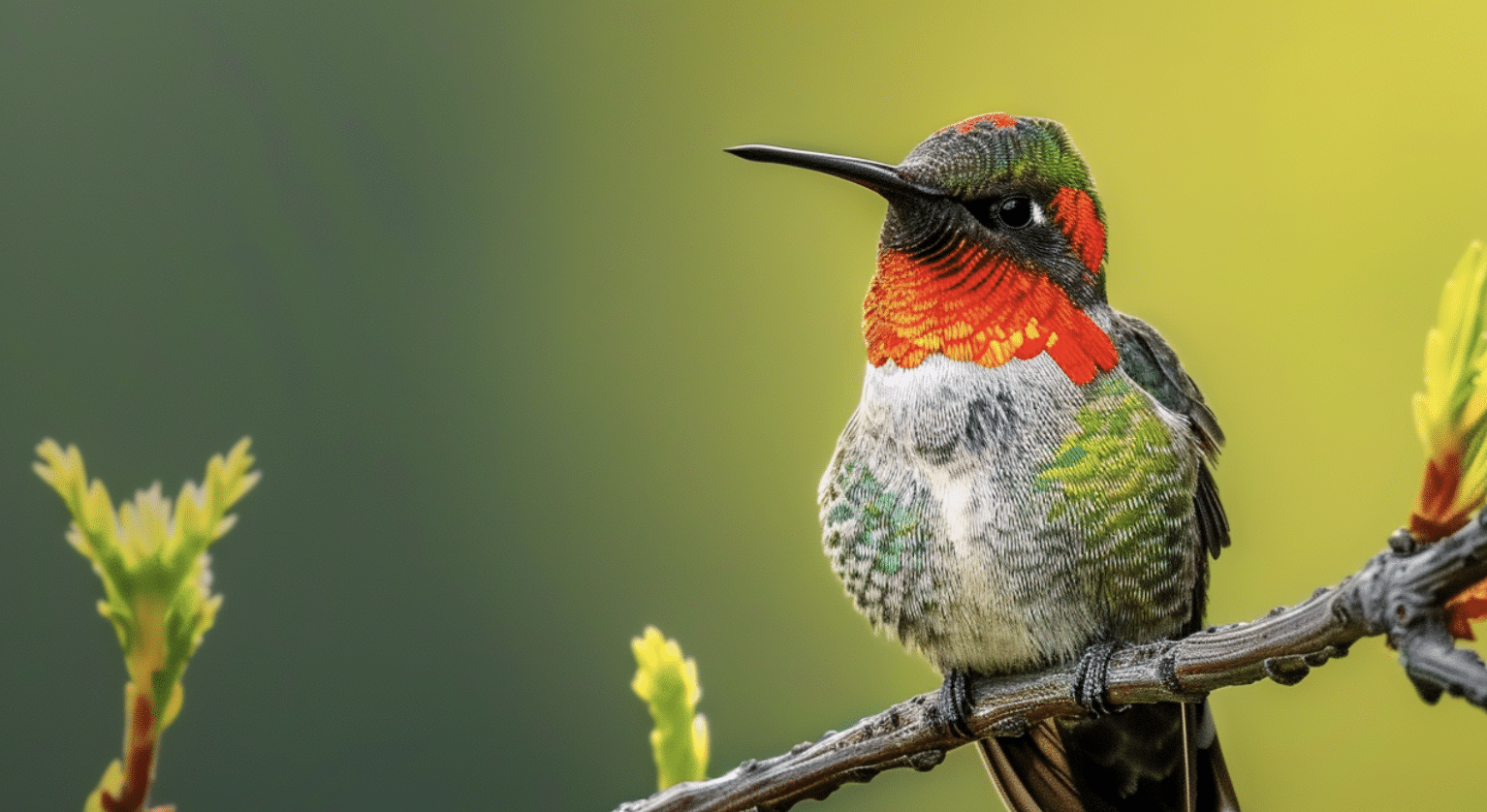
- Scientific Name: Archilochus colubris
- Place of Origin: North America
- Region: Found in North America during the breeding season
Fun Fact: Ruby-throated hummingbirds are the only breed of hummingbird that breeds in eastern North America. They are tiny but mighty, with wings that beat up to 53 times per second, enabling them to hover and fly in various directions.
15. Ruff
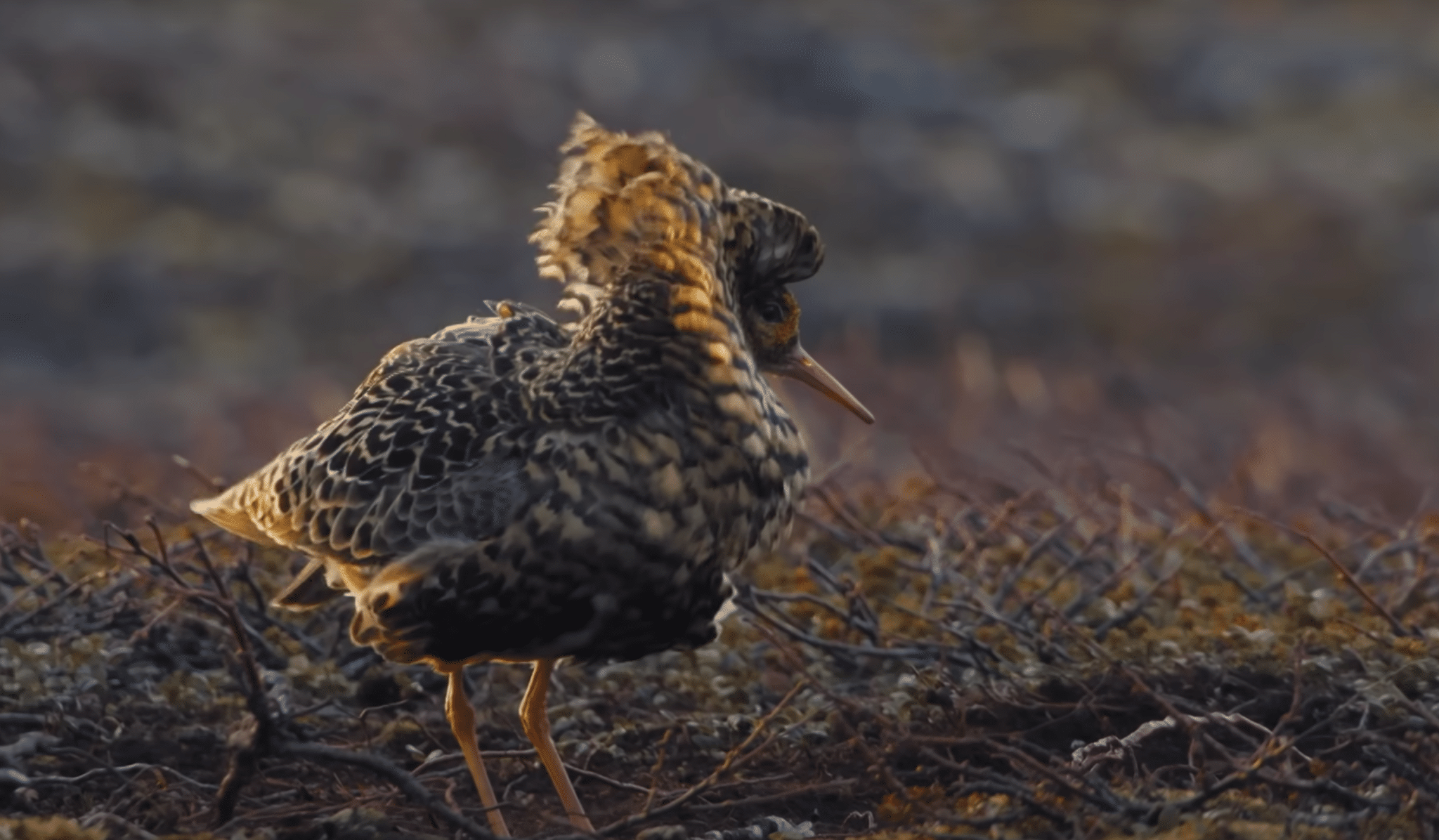
- Scientific Name: Calidris pugnax
- Place of Origin: Eurasia
- Region: Found in various regions of Europe, Asia, and Africa
Fun Fact: The ruff is a medium-sized wading bird known for the unique mating behavior of the males, who grow elaborate feather ruffs around their necks during the breeding season. These ruffs are used in courtship displays and battles for mates.
16. Ruffed Grouse
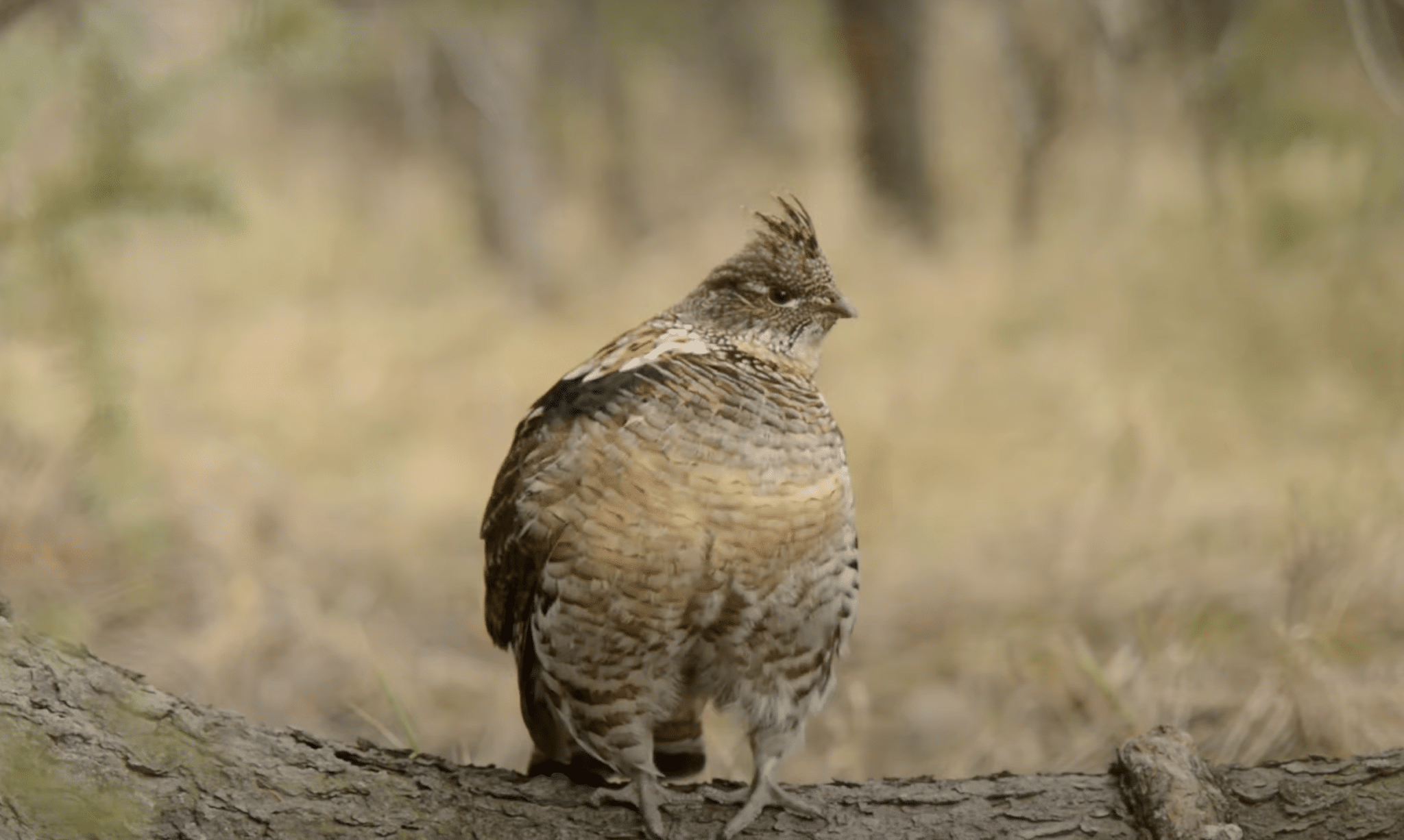
- Scientific Name: Bonasa umbellus
- Place of Origin: North America
- Region: Found in the various areas of North America
Fun Fact: Ruffed grouse are known for their distinctive drumming display, where males beat their wings against a hollow log to attract females. They can also burst into flight with a loud, startling buzz of their wings.
17. Rufous Hummingbird

- Scientific Name: Selasphorus rufus
- Place of Origin: North America
- Region: Found in western North America during the breeding season
Fun Fact: Rufous hummingbirds are among the most aggressive and territorial of all hummingbird species. Despite their tiny size, they will fiercely defend their feeding territories from larger birds and even small mammals.
18. Russel’s Viper
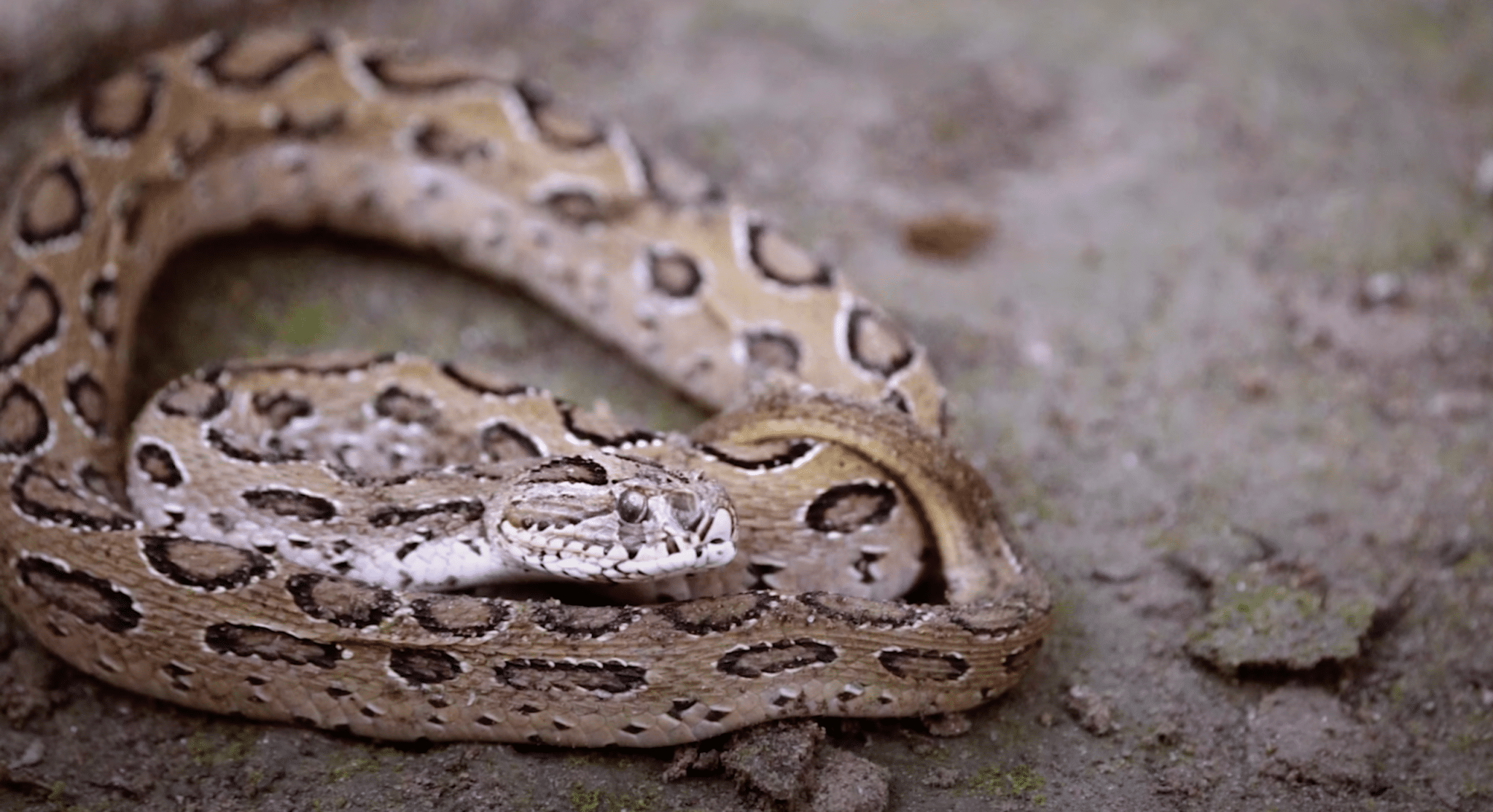
- Scientific Name: Daboia russelii
- Place of Origin: Indian Subcontinent
- Region: Found in various regions of South and Southeast Asia
Fun Fact: Russel’s vipers are known for their potent venom and are responsible for many snakebite incidents in their native range. Their unique heat-sensing ability allows them to detect warm-blooded prey, even in complete darkness.
19. Russian Bear
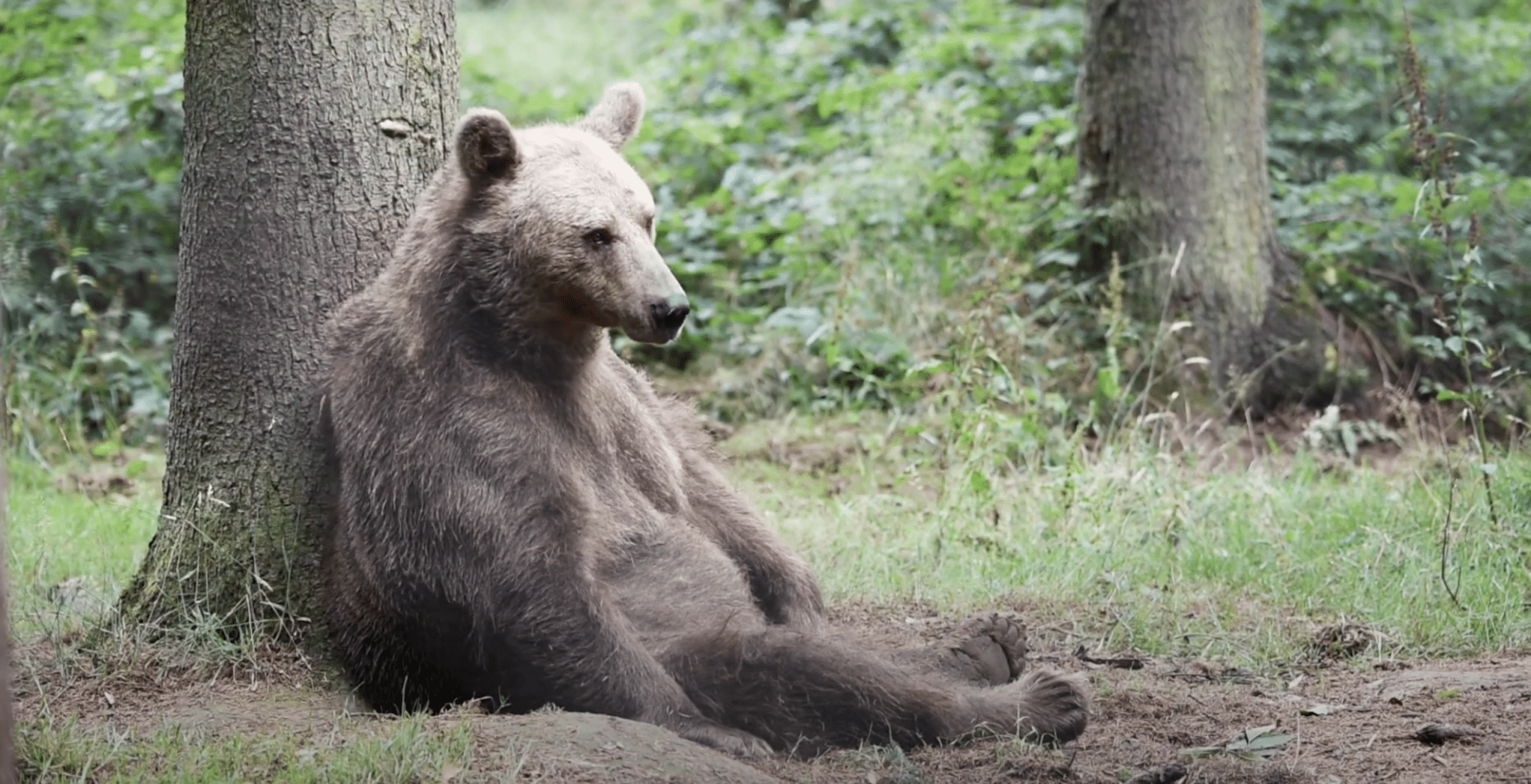
- Scientific Name: Ursus arctos
- Place of Origin: Eurasia
- Region: Found in the various areas of Europe and Asia
Fun Fact: The Russian bear, also known as the brown bear, is one of the largest carnivores on Earth. Despite their fearsome reputation, they are primarily herbivorous, with a diet consisting mostly of plants, berries, and insects.
20. Ryukyu Flying Fox
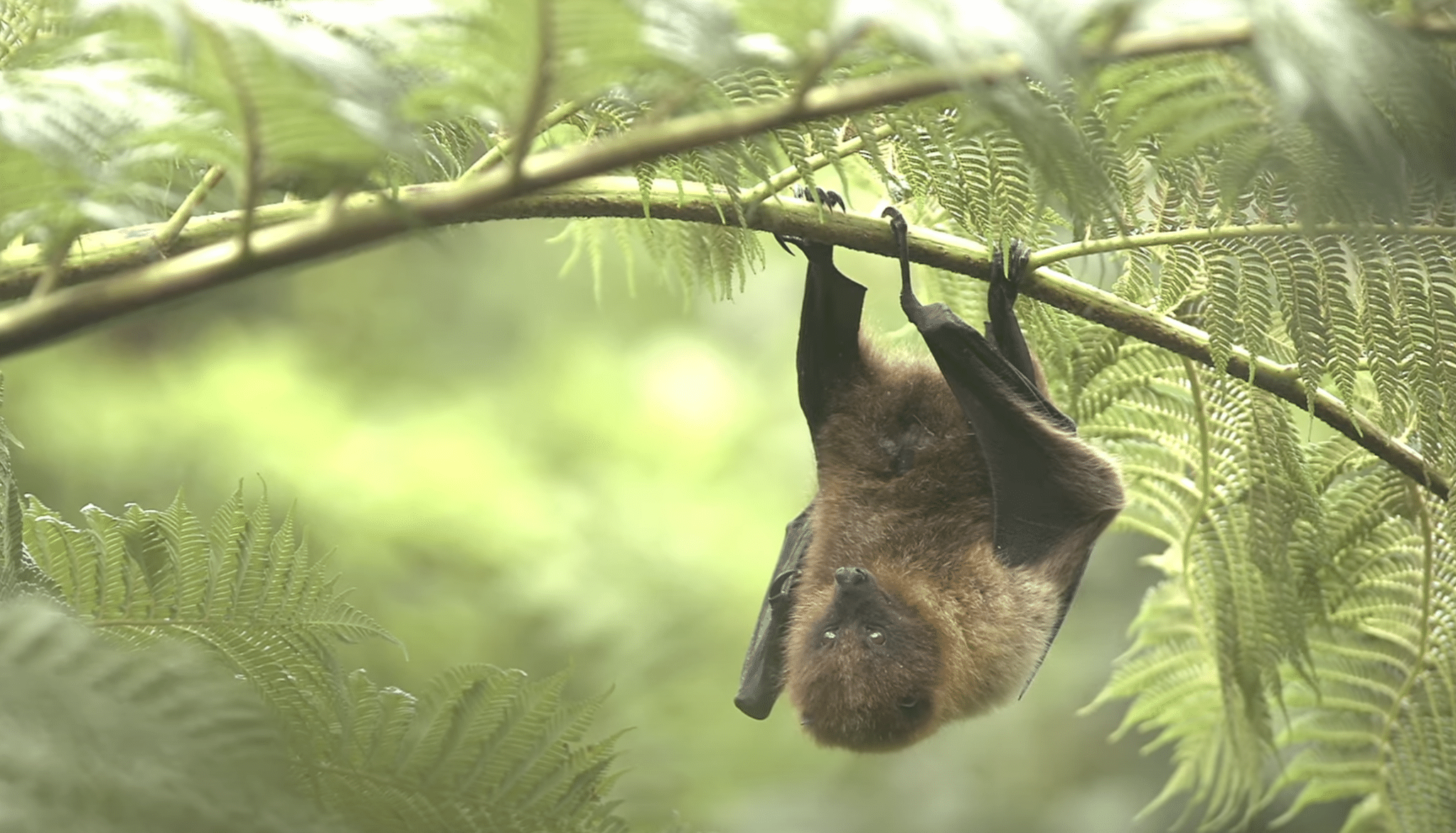
- Scientific Name: Pteropus dasymallus
- Place of Origin: Ryukyu Islands, Japan
- Region: Found in the Ryukyu Islands of Japan
Fun Fact: The Ryukyu flying fox is one of the largest bats in the world, with a wingspan of over 1.5 meters. These fruit bats play a crucial role in seed dispersal and pollination in their native habitat.
21. Red-Backed Shrike
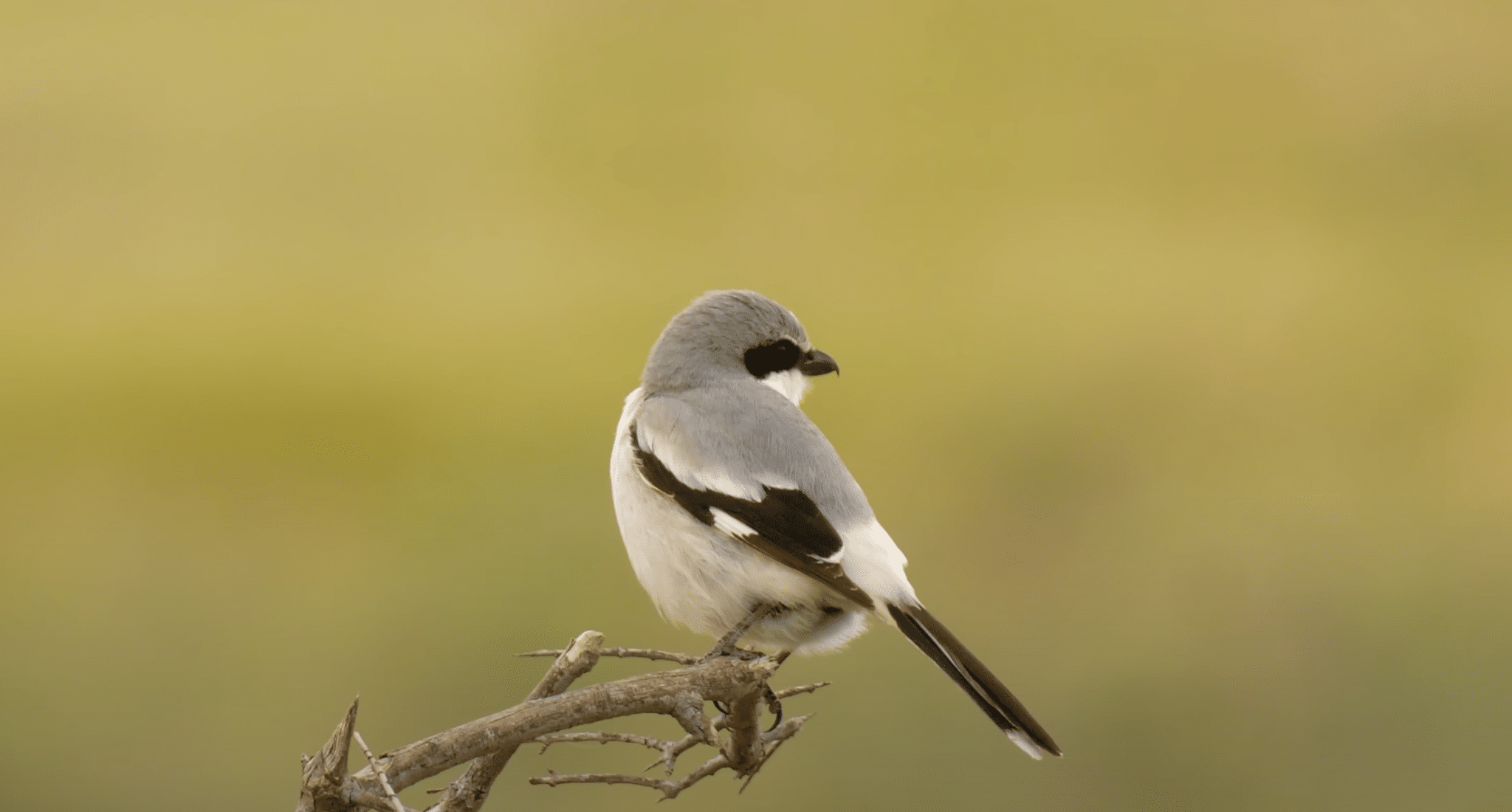
- Scientific Name: Lanius collurio
- Place of Origin: Eurasia
- Region: Found in various regions of Europe and Asia
Fun Fact: The red-backed shrike is a small bird known for its unique hunting behavior. It impales its prey, such as insects and small vertebrates, on thorns or barbed wire to create a “larder” for later consumption.
22. Red-Billed Leiothrix
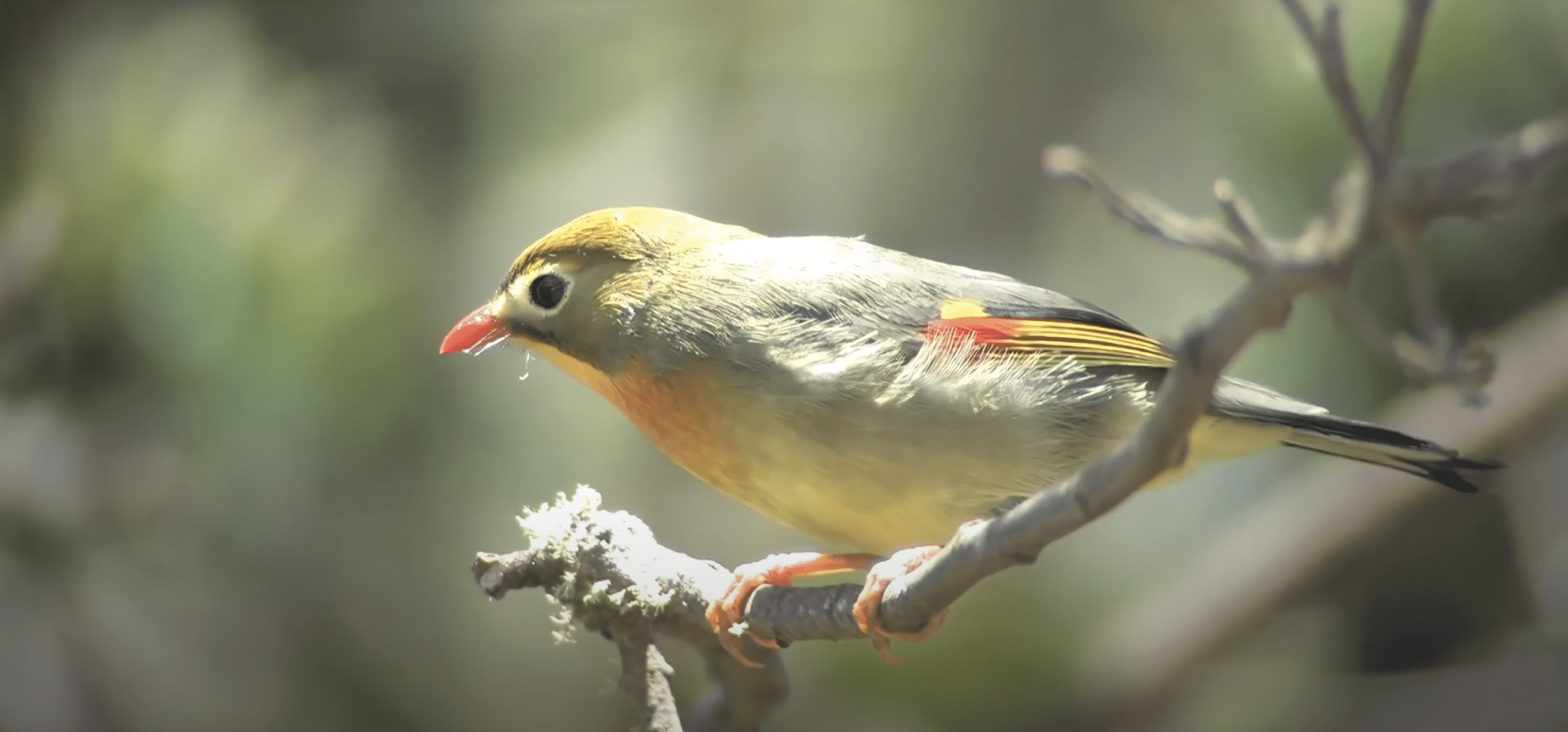
- Scientific Name: Leiothrix lutea
- Place of Origin: Subtropical Asia
- Region: Found in various regions of Southeast Asia
Fun Fact: The red-billed leiothrix is a small, colorful bird known for its melodious song. It has a unique ability to mimic the calls of other bird species, making it a popular cage bird in some regions.
23. Red-Billed Tropicbird
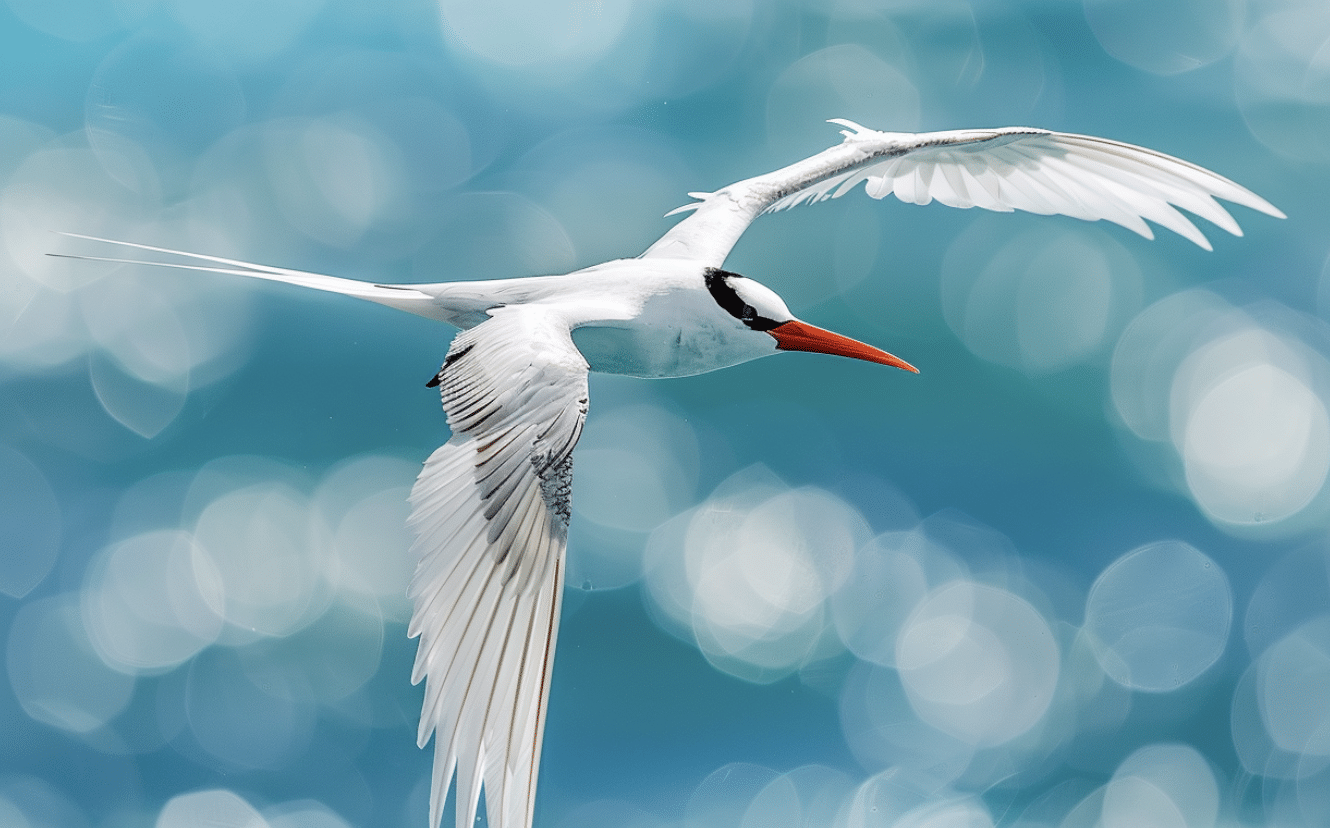
- Scientific Name: Phaethon aethereus
- Place of Origin: Tropical and subtropical regions
- Region: Found in various tropical and subtropical regions worldwide
Fun Fact: The red-billed tropicbird is a seabird known for its stunning plumage and long, streamer-like tail feathers. These birds are expert flyers and can remain airborne for extended periods, even sleeping on the wing.
24. Red-Eyed Tree Frog
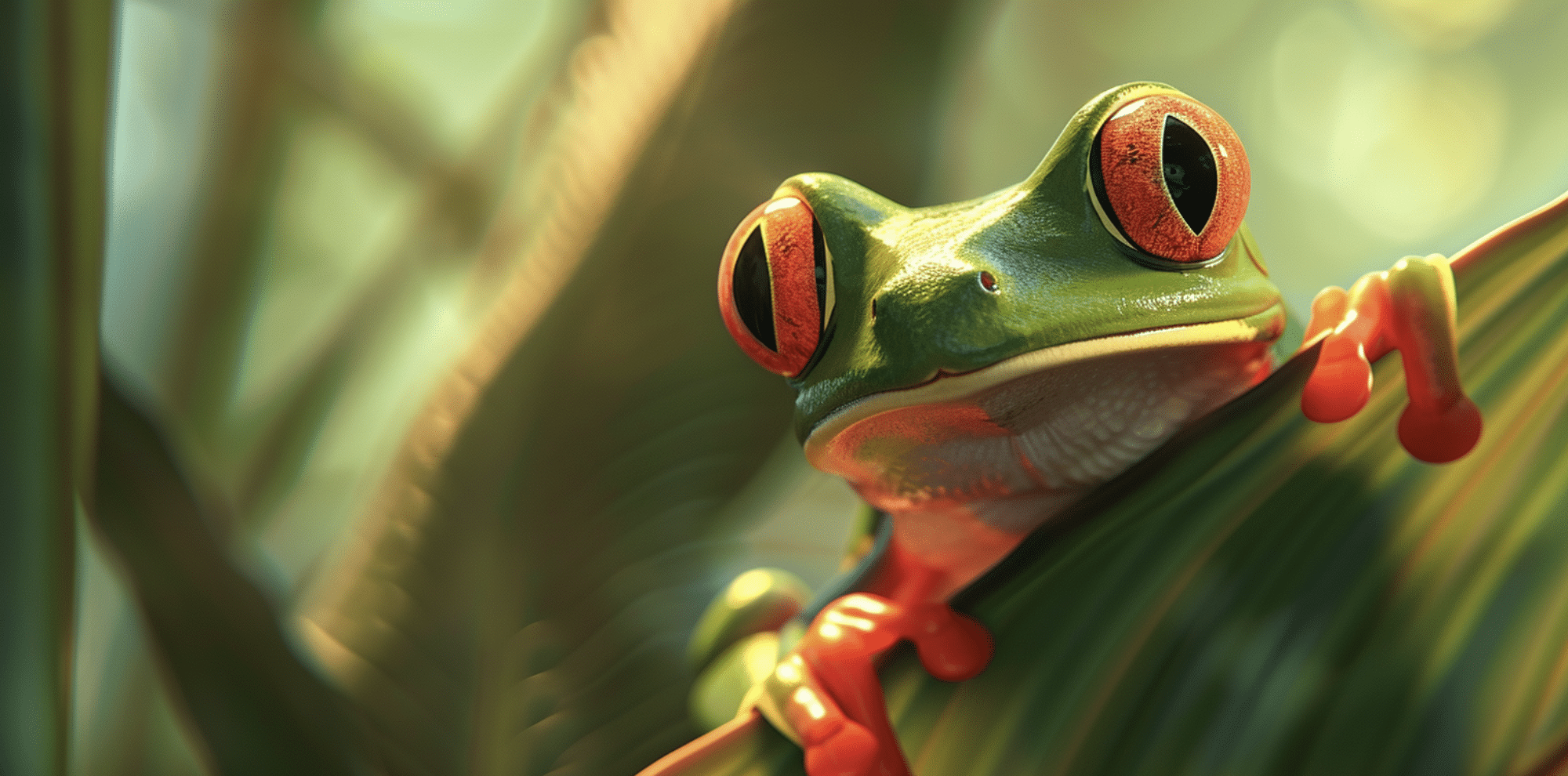
- Scientific Name: Agalychnis callidryas
- Place of Origin: Central America
- Region: Found in various regions of Central America
Fun Fact: The red-eyed tree frog is known for its striking appearance, with a bright green body and distinctive red eyes. These frogs are arboreal and can change color to camouflage themselves in their environment.
25. Red-Legged Seriema
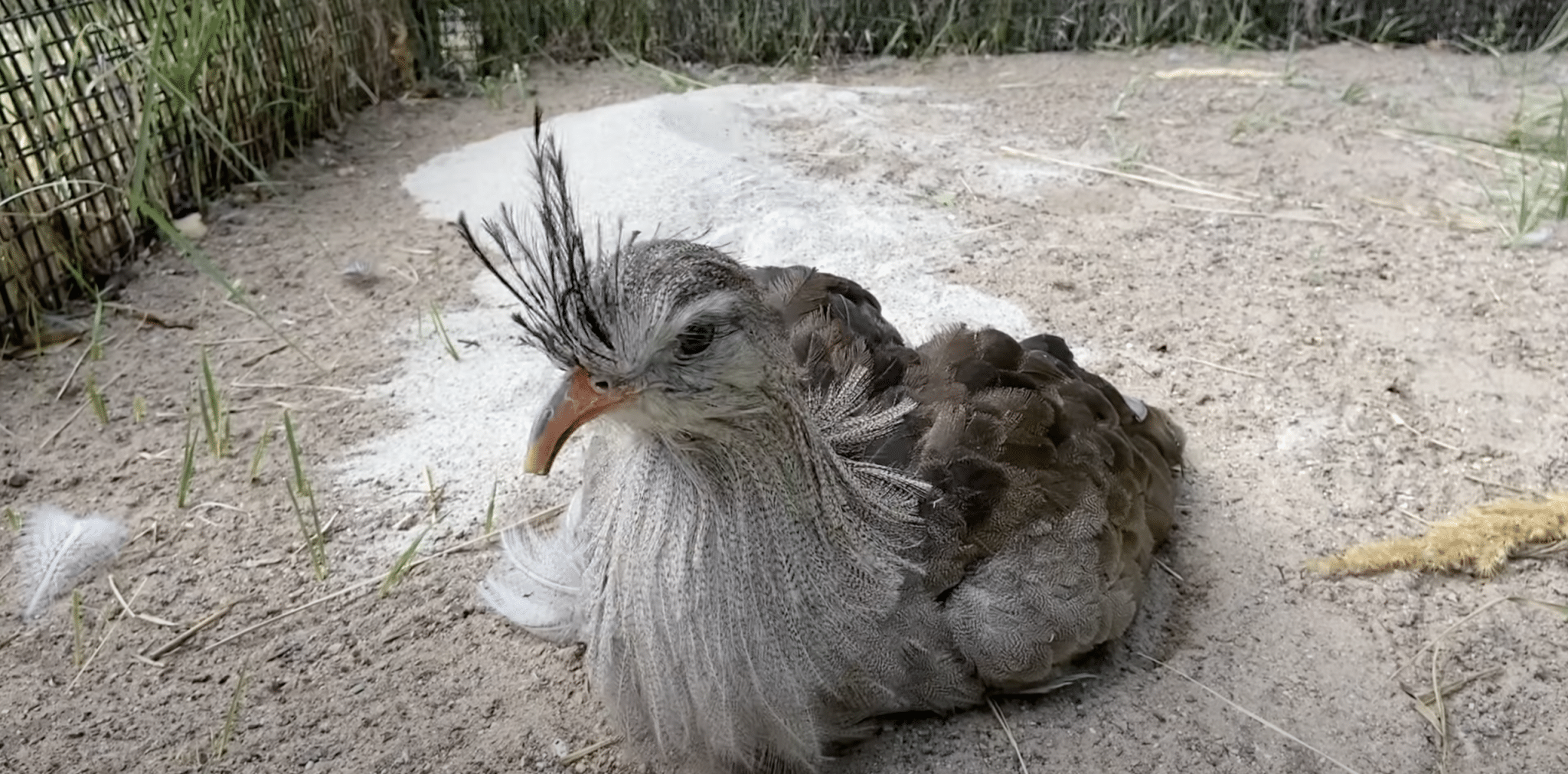
- Scientific Name: Cariama cristata
- Place of Origin: South America
- Region: Found in various regions of South America
Fun Fact: The red-legged seriema is a unique bird that resembles a mix between a hawk and a heron. It has long legs and a hooked beak, and it hunts by running after insects, snakes, and small mammals on the ground.
26. Red Panda
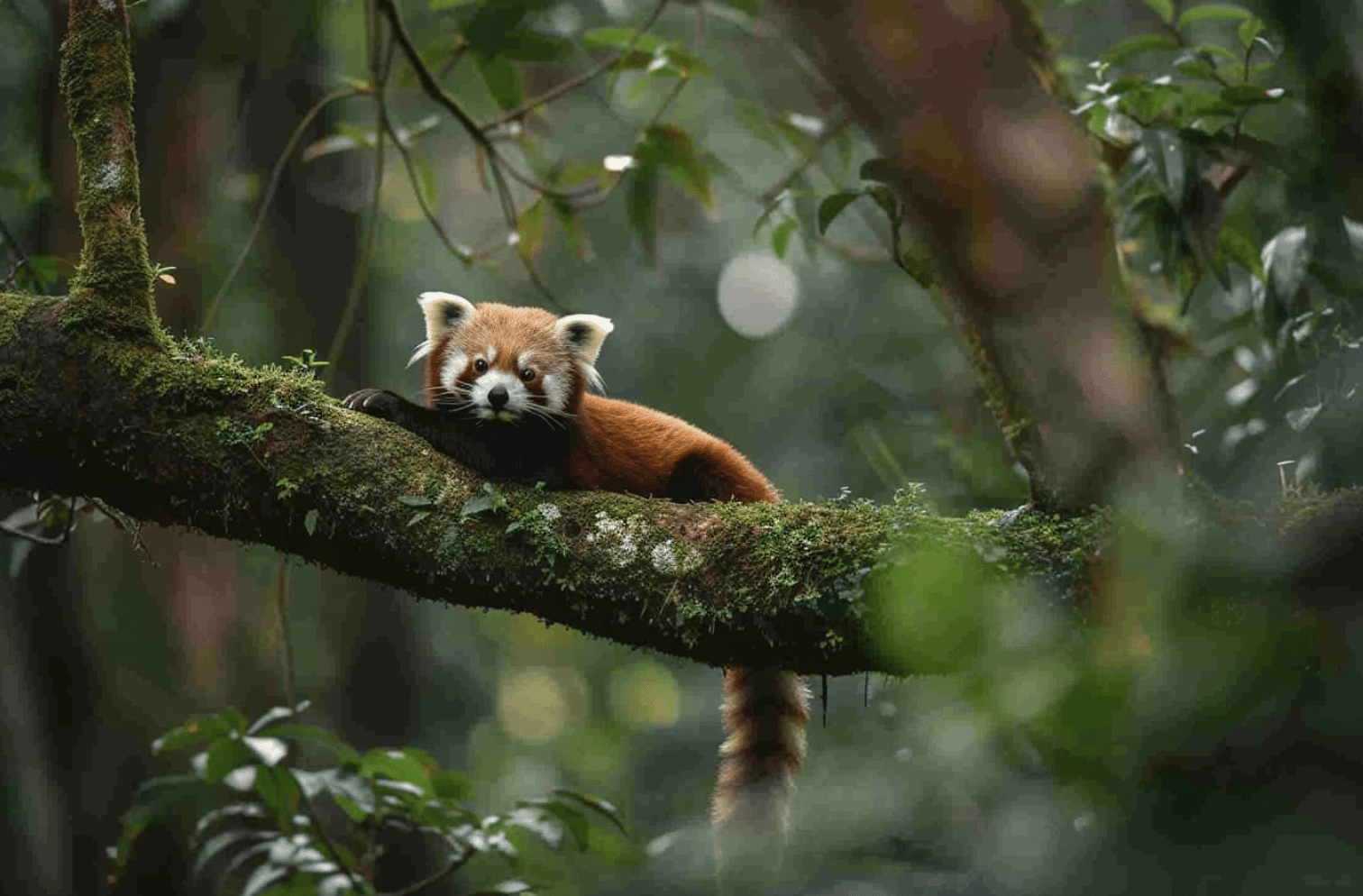
- Scientific Name: Ailurus fulgens
- Place of Origin: Himalayas and southwestern China
- Region: Found in various regions of the Himalayas and southwestern China
Fun Fact: Despite their name, red pandas are not closely related to giant pandas. They are skilled climbers and spend most of their time in trees, feeding on bamboo, eggs, and small mammals.
27. Red Ruffed Lemur
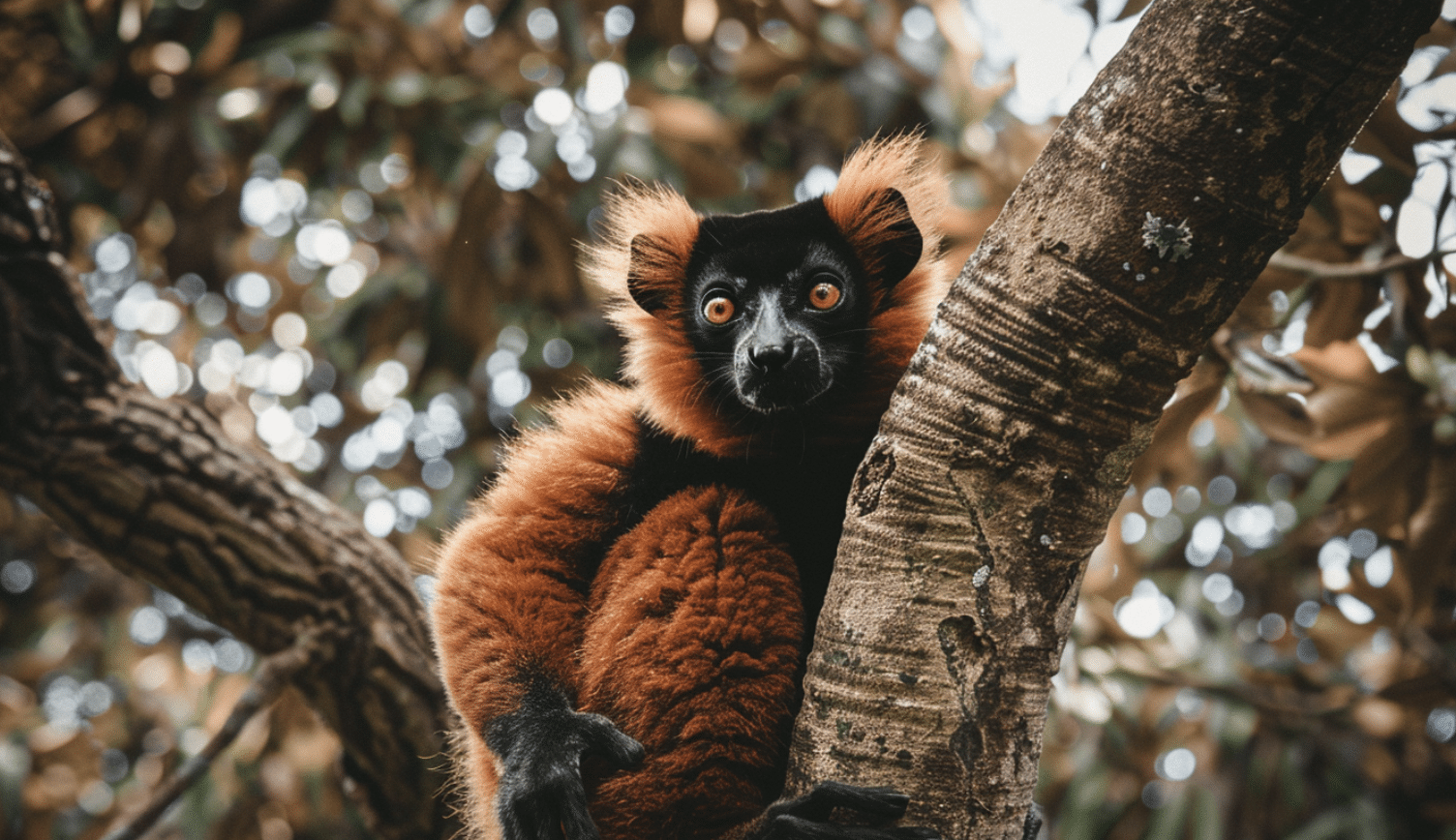
- Scientific Name: Varecia rubra
- Place of Origin: Madagascar
- Region: Found in the various areas of Madagascar
Fun Fact: The red ruffed lemur is one of the most endangered primates on Earth, with fewer than 200 individuals remaining in the wild. It is known for its striking red fur and distinctive ruffed collars.
28. Red Woodpecker

- Scientific Name: Melanerpes carolinus
- Place of Origin: North America
- Region: Found in various regions of eastern North America
Fun Fact: The red woodpecker is known for its distinctive red cap and black-and-white striped back. These birds are skilled at drilling holes in trees to create nesting cavities and feed on insects and sap.
29. Reindeer Moss
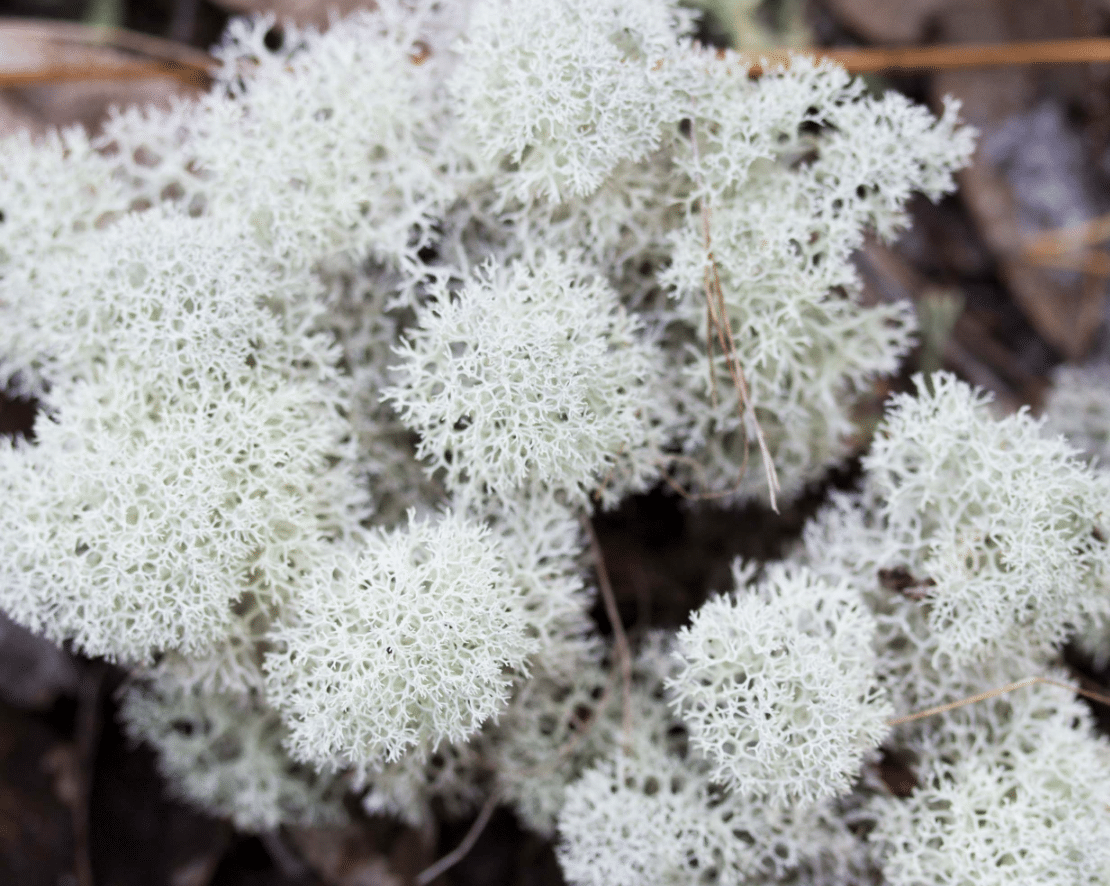
- Scientific Name: Cladonia rangiferina
- Place of Origin: Northern Hemisphere
- Region: Found in various areas of the Northern Hemisphere
Fun Fact: Despite its name, reindeer moss is not a moss but a type of lichen. It plays a crucial role in the diet of reindeer and caribou in the Arctic regions, providing them with essential nutrients during the harsh winters.
30. Rhesus Macaque

- Scientific Name: Macaca mulatta
- Place of Origin: South and Southeast Asia
- Region: Found in various regions of South and Southeast Asia
Fun Fact: The rhesus macaque is one of the most widely studied primates in the world, thanks to its close genetic relationship to humans. These monkeys are known for their complex social structures and hierarchies.
31. Ribbon Seal

- Scientific Name: Histriophoca fasciata
- Place of Origin: Arctic regions
- Region: Found in the various areas of the Arctic Ocean
Fun Fact: The ribbon seal is unique among seals for its distinctive, ribbon-like markings on its fur. These seals spend most of their time in the water and can remain submerged for up to an hour while hunting for fish and crustaceans.
32. Ring-Tailed Lemur
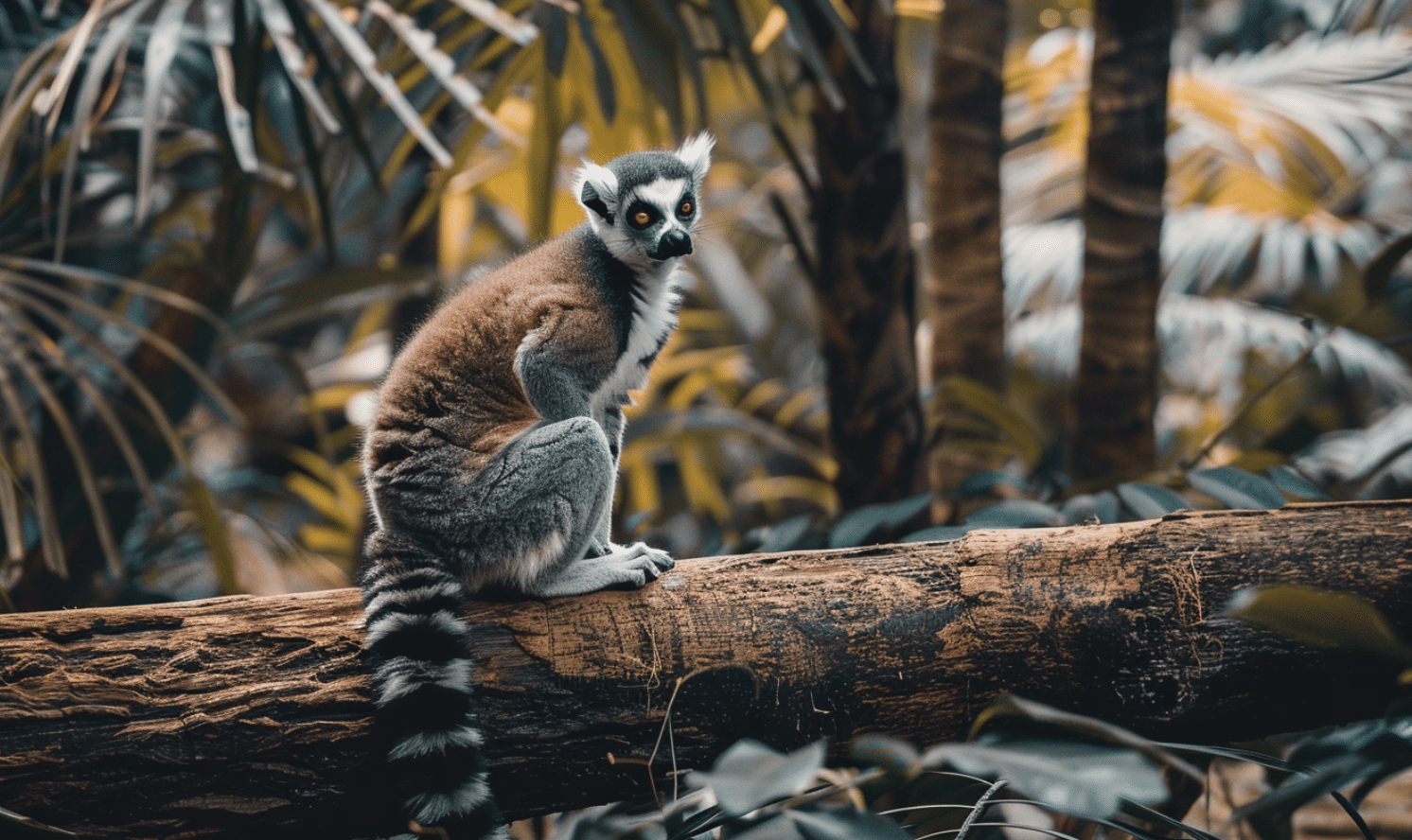
- Scientific Name: Lemur catta
- Place of Origin: Madagascar
- Region: Found in various regions of Madagascar
Fun Fact: The ring-tailed lemur is one of the most recognizable primates, known for its distinctive black-and-white striped tail that it uses for communication and balance. These lemurs are highly social and live in large groups.
33. Ringtail

- Scientific Name: Bassariscus astutus
- Place of Origin: North America
- Region: Found in the various areas of the southwestern United States and Mexico
Fun Fact: The ringtail is a nocturnal mammal that resembles a cross between a cat and a raccoon. They are skilled climbers with long, striped tails that they can use for balance and communication.
34. River Otter
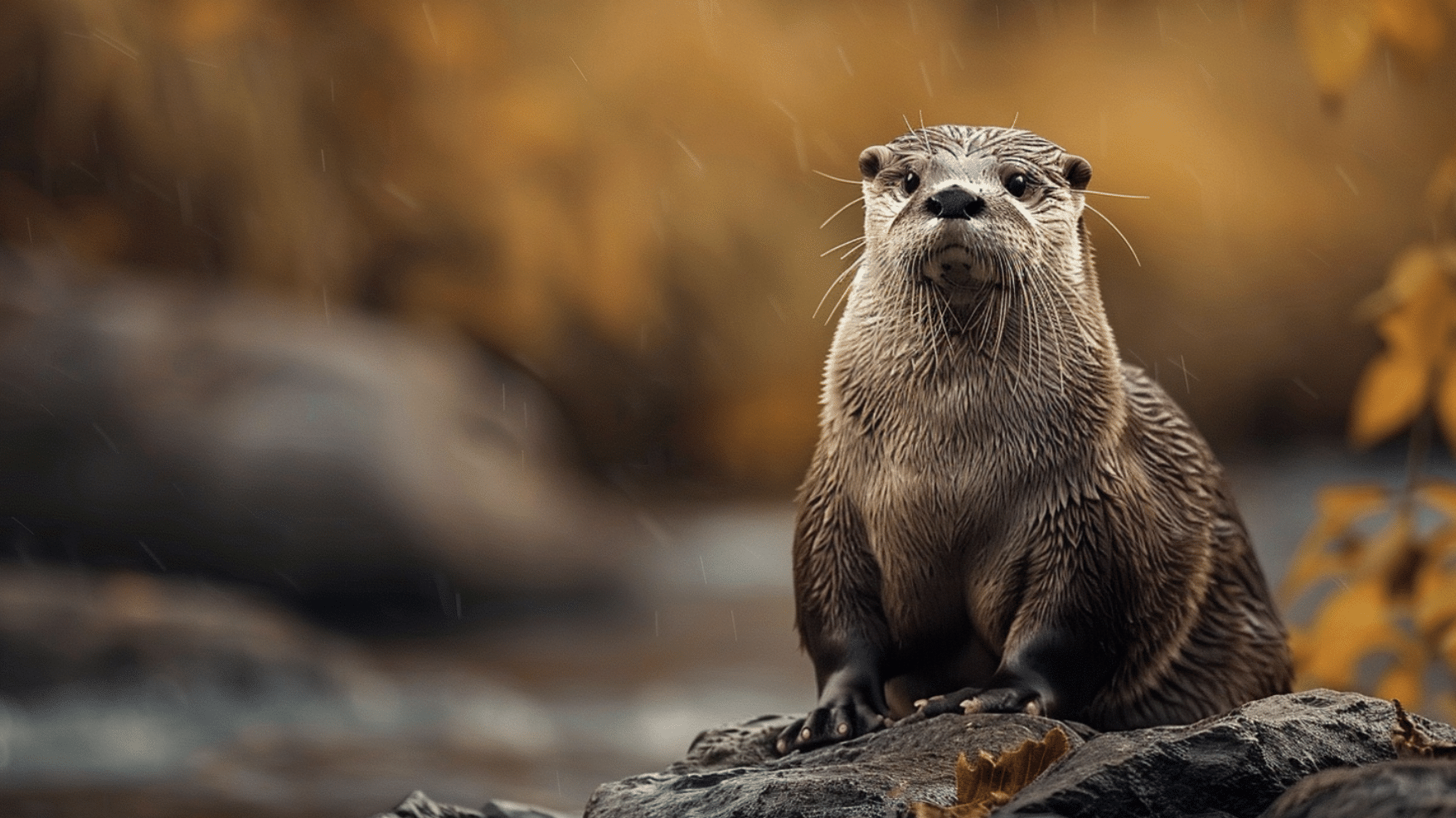
- Scientific Name: Lontra canadensis
- Place of Origin: North America
- Region: Found in the various areas of North America
Fun Fact: River otters are playful and social animals known for their agility in the water. They have dense, waterproof fur coats and webbed feet, making them excellent swimmers and divers.
35. River Turtle

- Scientific Name: Batagur
- Place of Origin: Asia
- Region: Found in various areas of Asia
Fun Fact: River turtles are highly adapted to life in freshwater environments, with streamlined shells and webbed feet. Many species are critically endangered due to habitat loss and illegal.
36. Roseate Tern
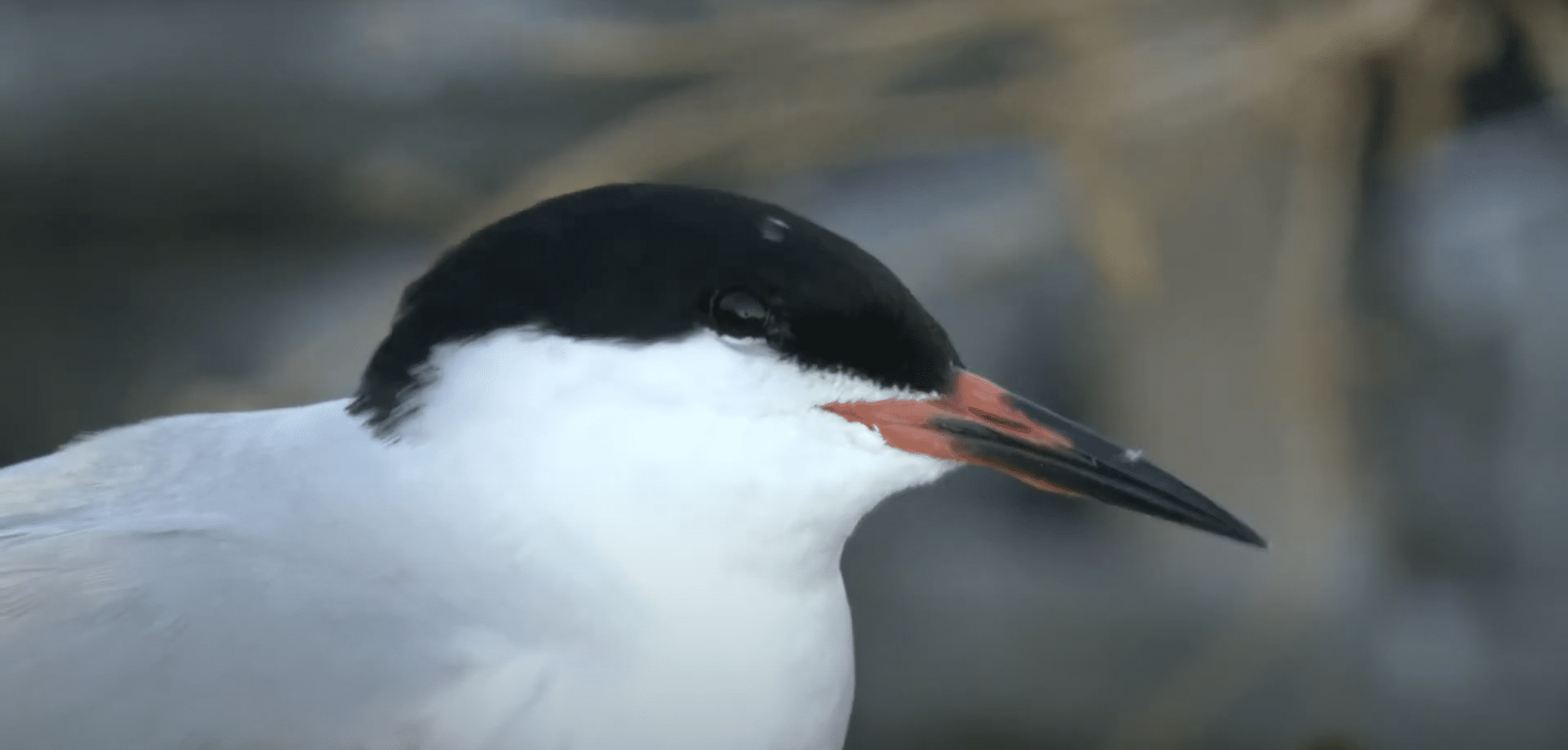
- Scientific Name: Sterna dougallii
- Place of Origin: Tropical and subtropical regions
- Region: Found in various coastal regions worldwide, including the Caribbean, Indian Ocean, and the Atlantic
Fun Fact: The roseate tern is a slender seabird known for its long, forked tail and pinkish-white plumage. These birds are highly social and nest in large colonies, often with other tern species. Their graceful flight and distinctive calls are a familiar sight and sound in coastal areas.
37. Rock Pigeon
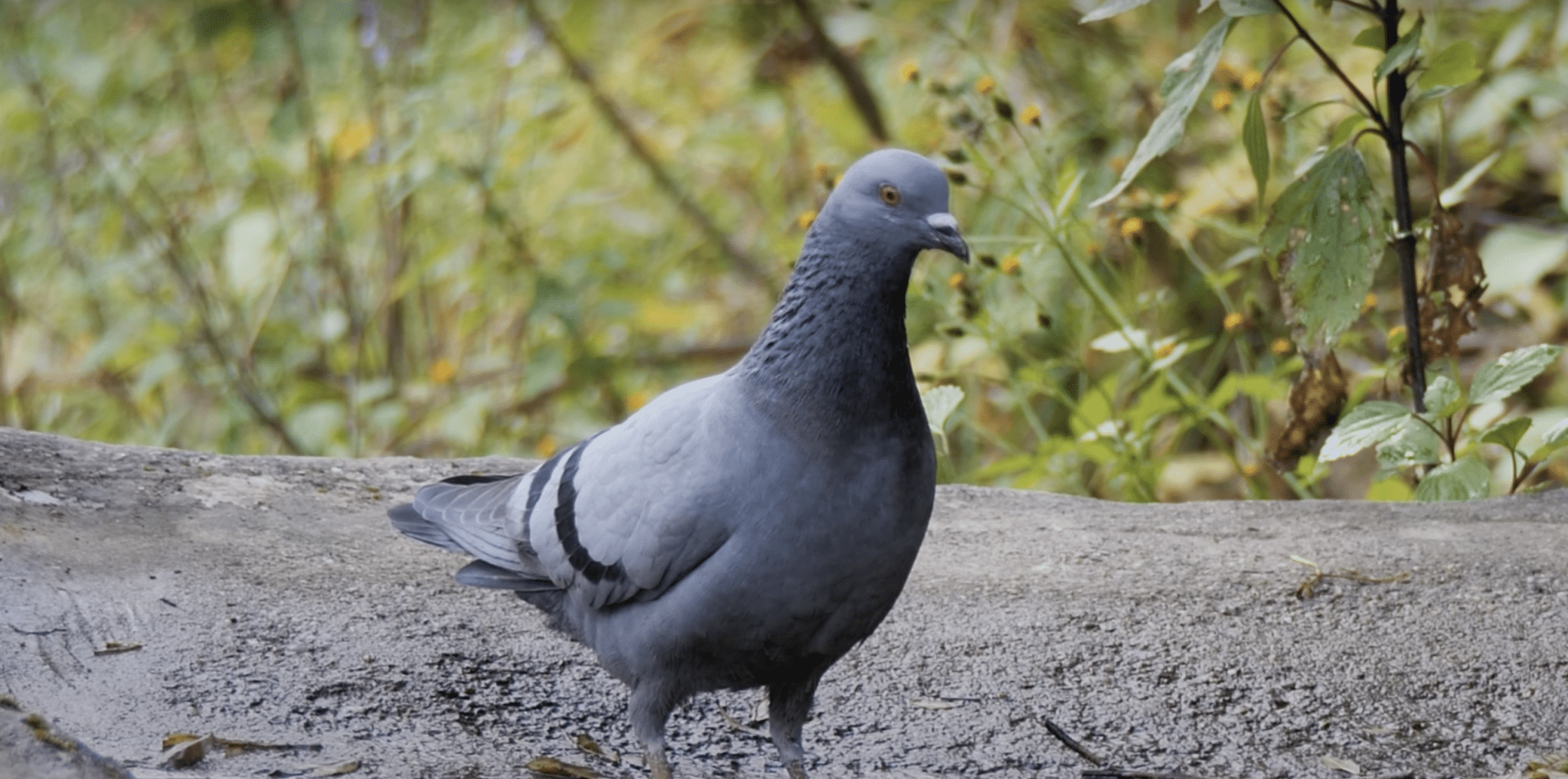
- Scientific Name: Columba livia
- Place of Origin: Europe, North Africa, and South Asia
- Region: Found worldwide due to domestication and introductions
Fun Fact: Rock pigeons, also known as feral pigeons or city doves, are descendants of domesticated rock doves. They are highly adapted to urban environments and can recognize human faces, a trait that helps them identify potential food sources.
38. Rockfish
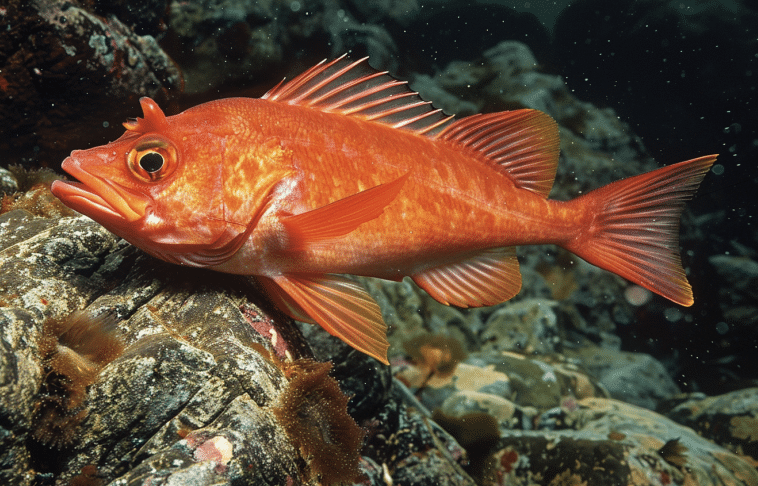
- Scientific Name: Sebastes
- Place of Origin: Pacific Ocean
- Region: Found in the Pacific Ocean, primarily along the western coasts of North America
Fun Fact: Rockfish are a diverse group of over 100 species, ranging in color from bright reds and oranges to camouflaged browns and greens. Some species can live for over 200 years, making them among the longest-lived fish in the world.
39. Rohita
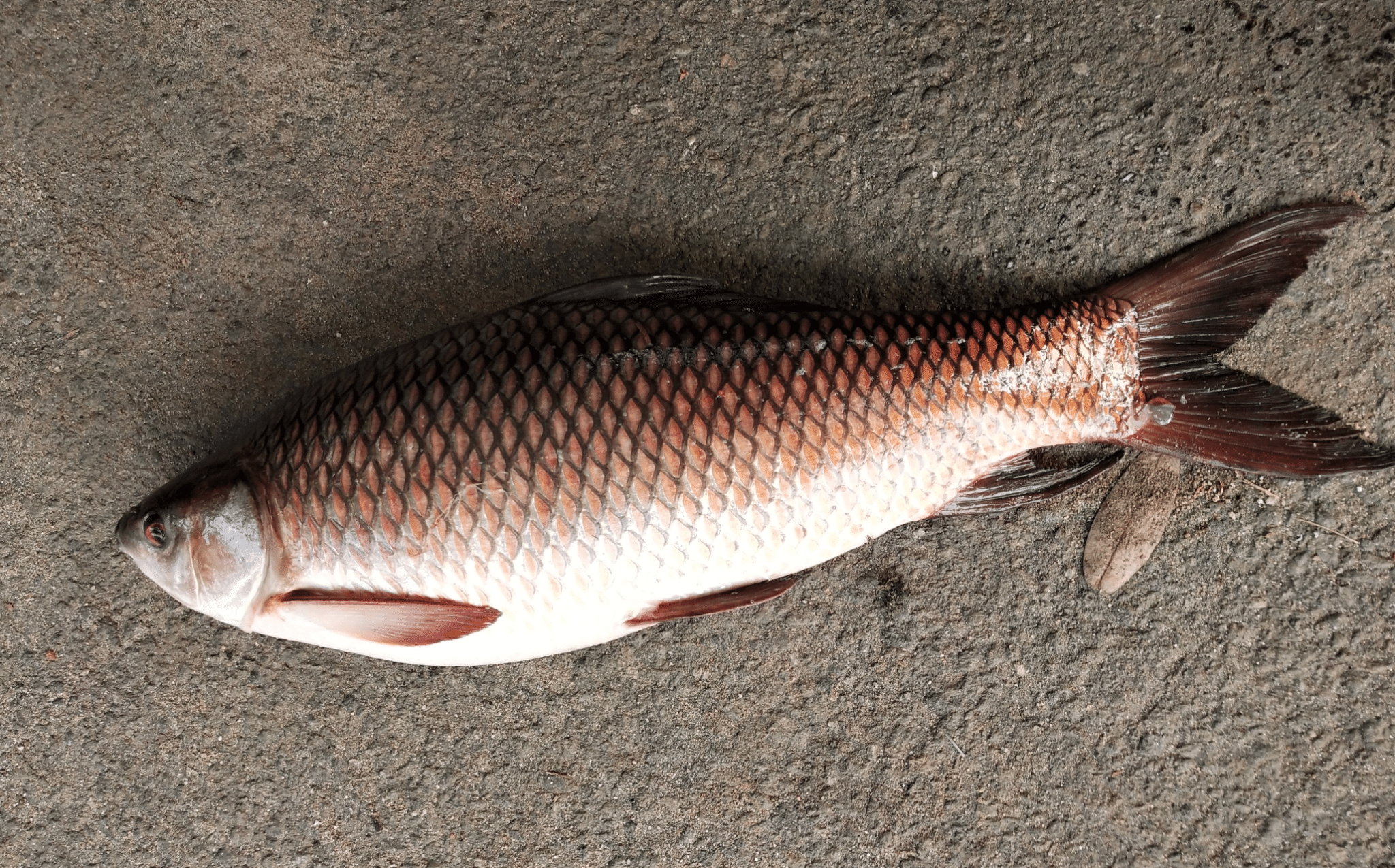
- Scientific Name: Labeo rohita
- Place of Origin: South Asia
- Region: Found in various freshwater systems in South and Southeast Asia
Fun Fact: The rohita, also known as the rohu or roho labeo, is a popular food fish in South Asia. It is a carp species that can grow up to 2 meters in length and weigh over 25 kilograms, making it one of the largest freshwater fish in the region.
40. Roseate Spoonbill

- Scientific Name: Platalea ajaja
- Place of Origin: North and South Americas
- Region: Found in the coastal areas of the Americas, from the southeastern United States to Argentina
Fun Fact: The roseate spoonbill is a striking wading bird known for its bright pink plumage and distinctive spoon-shaped bill. These birds feed by sweeping their bills from side to side in shallow waters, catching small fish, crustaceans, and aquatic insects.
Final Words
As we conclude our odyssey through the realm of things that start with ‘R,’ we are left with a profound appreciation for the incredible diversity within our natural world.
From the agile raccoon to the regal rhinoceros, from the resilient rat to the radiant roseate spoonbill, these remarkable creatures have captivated our imaginations and reminded us of the wonders surrounding us.
This exploration has enriched our knowledge and instilled a deeper respect for the intricate web of life that sustains our planet.
As we move forward, let us carry a renewed sense of wonder and a commitment to preserving the delicate balance that allows these extraordinary things that start with R to thrive.







